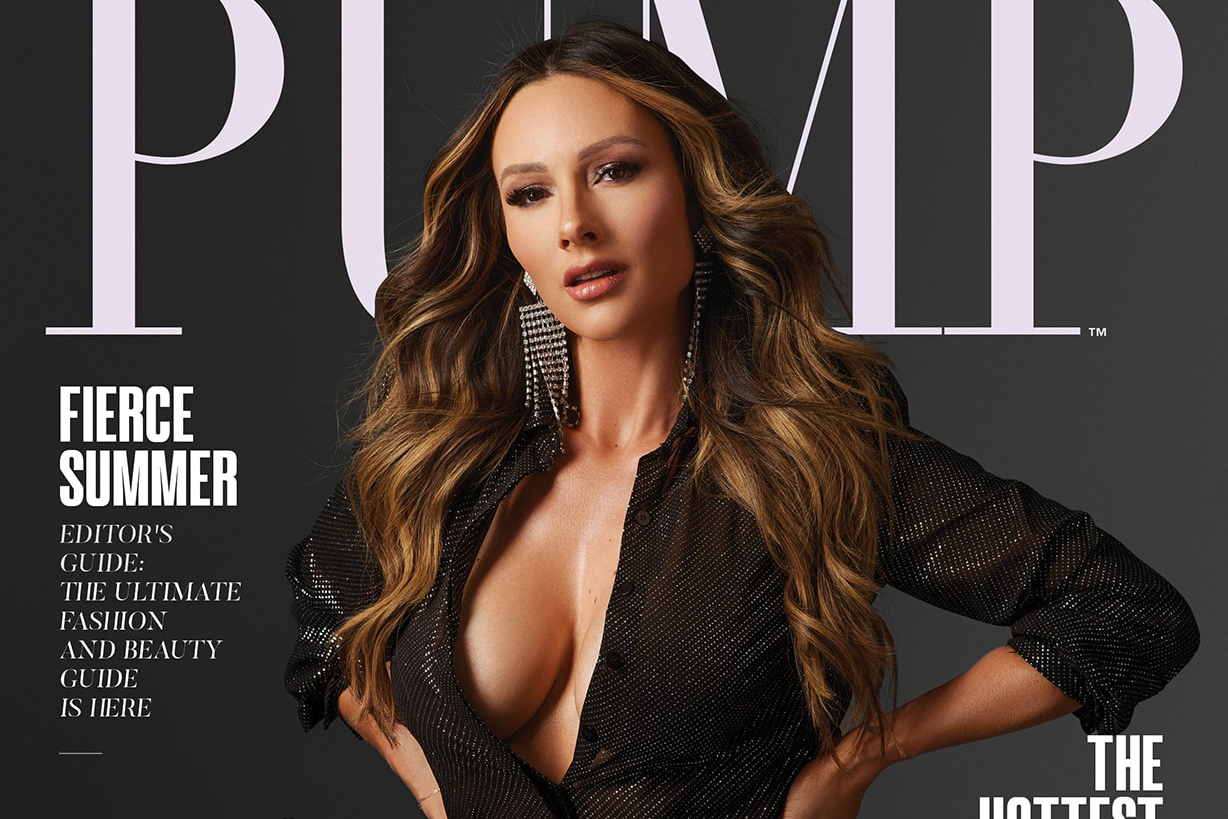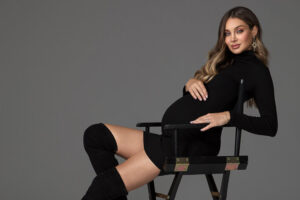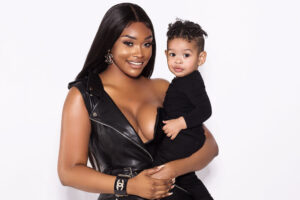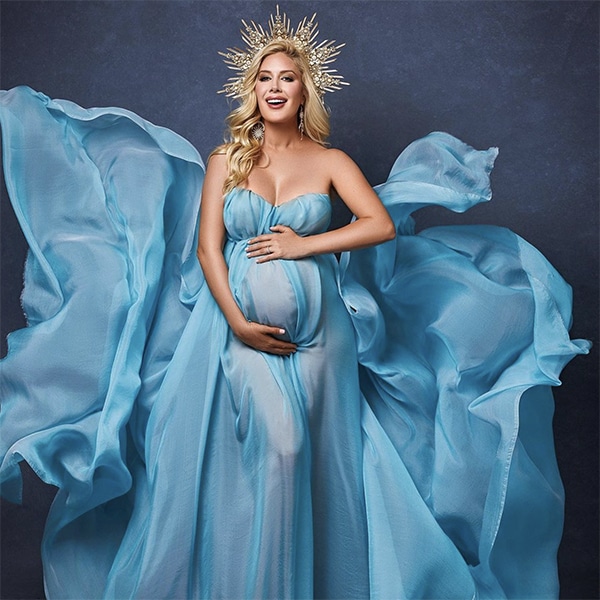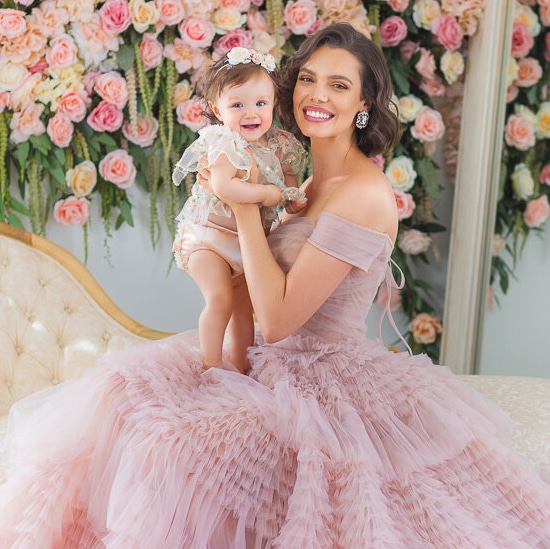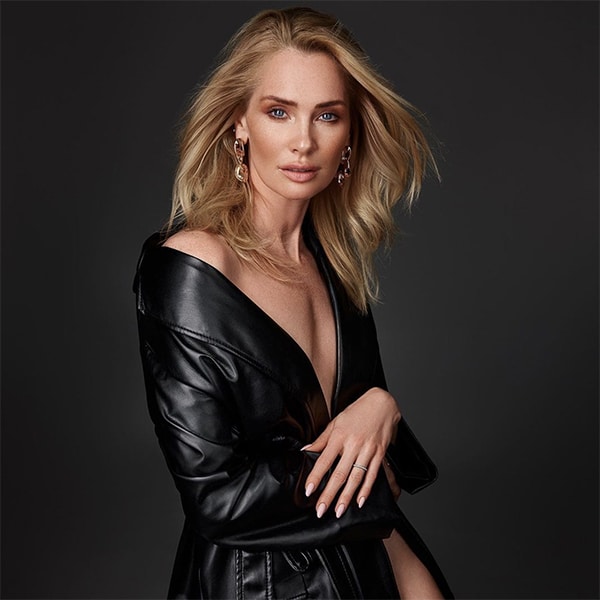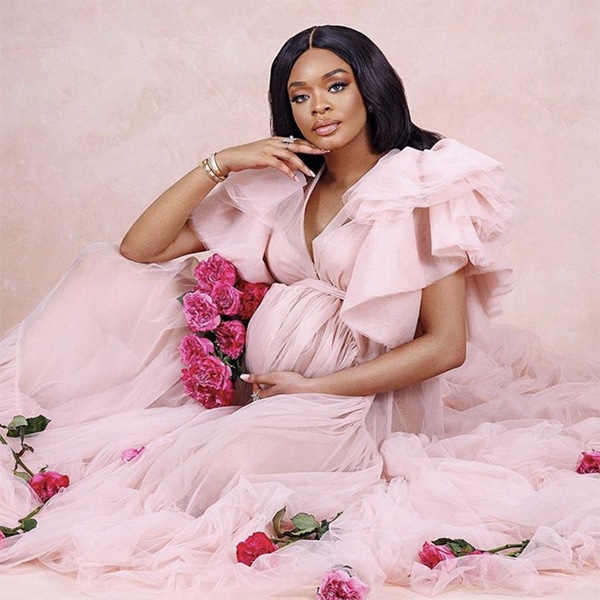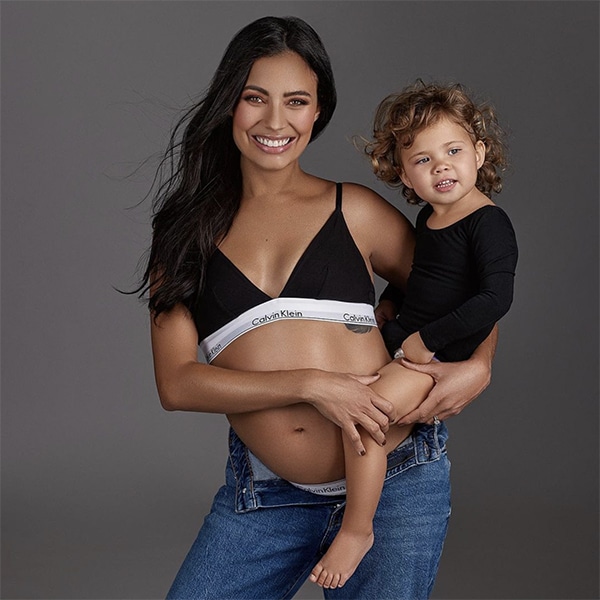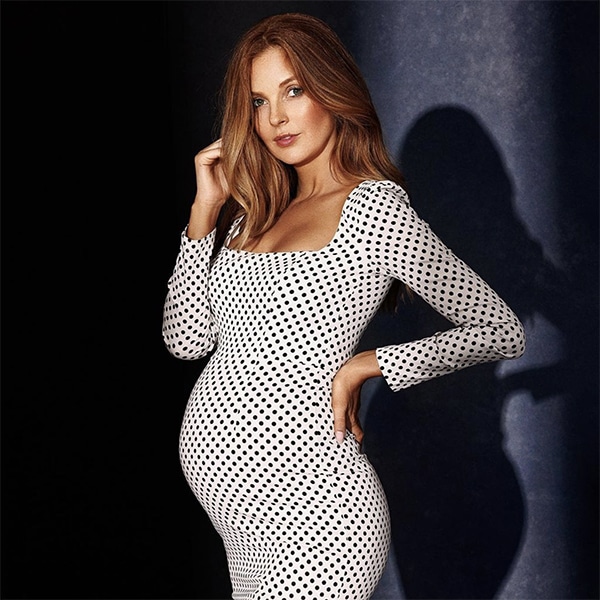Creative Techniques from Top Los Angeles Fashion Photographer
This city, known for its dynamic photography scene and competitive fashion industry with its unique blend of street style, high fashion, and everything in between, provides endless opportunities for creative expression. My journey as a Los Angeles fashion photographer has spanned over two decades, during which I have perfected my craft and established myself as a fashion photographer based in Los Angeles.
Whether it’s a fashion photo shoot on the sunlit streets of DTLA or at my studio in Beverly Hills, each project is an adventure—a chance to create something truly unparalleled. My work spans various types of photography, from editorial fashion photography to lifestyle and maternity photography, and each shoot is approached with a fresh perspective, aimed at delivering high-quality images that meet the exacting needs of the project and the client.
Throughout this article, I’ll share creatives techniques and knowledge from my extensive experience working with top brands and participating in advertising campaigns and internationally recognized magazines. You’ll learn not just about the technical aspects of capturing stunning images, but also about the creative process that underpins a successful fashion photography business in Los Angeles. From the initial conceptualization in pre-production to the magic of post-production, every step is crafted to be seamless and efficient, ensuring that we meet every deadline and exceed every expectation.
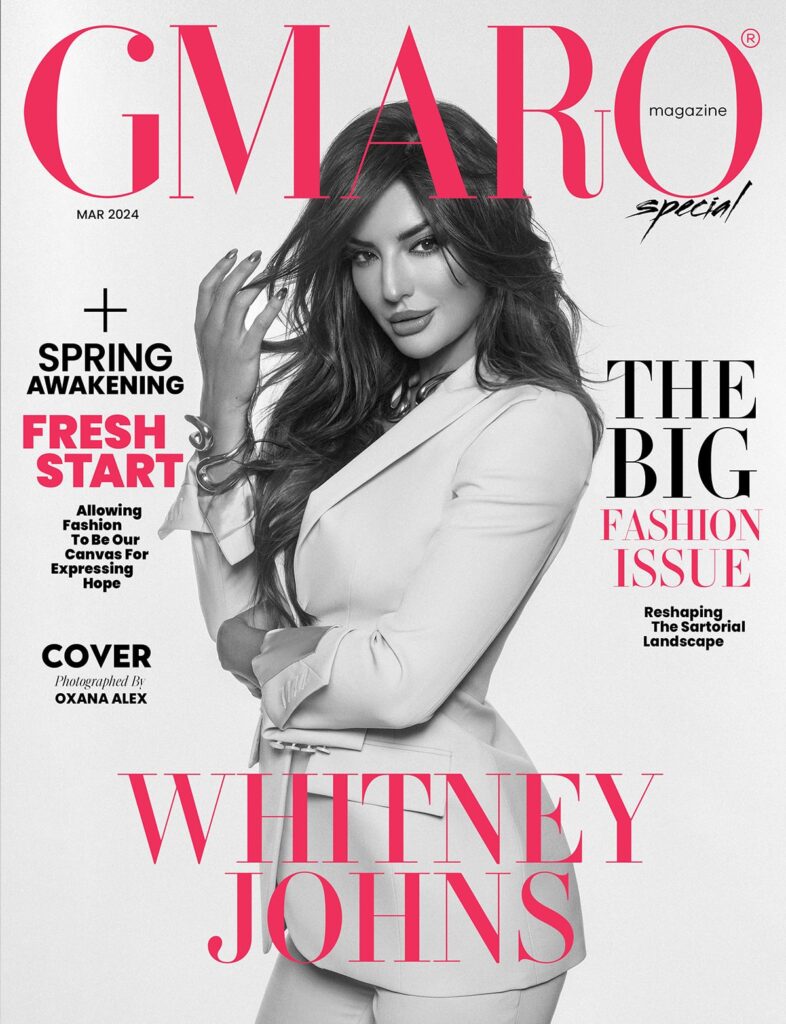
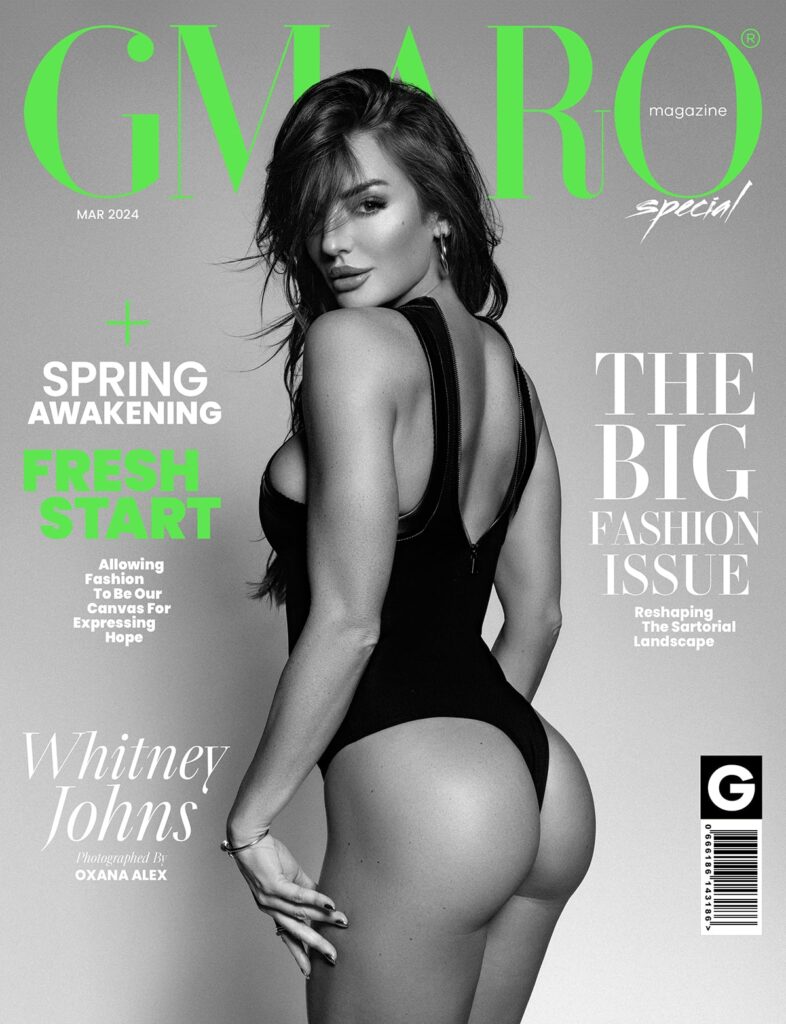
The Essence of Fashion Photography in Los Angeles
Ever wonder what it’s like to shoot fashion in the heart of Los Angeles? As a Los Angeles-based fashion photographer, I’ve been immersed in this vibrant, ever-evolving scene, and let me tell you—it’s as thrilling as it sounds!
Los Angeles isn’t just a city, it’s a canvas where fashion meets cinema, where the red carpets and runway shows blend seamlessly into the fabric of the city. The influence of Hollywood on our local fashion scene infuses glamour and drama into our aesthetic, setting a unique stage for photoshoots that you just can’t find anywhere else in the world. Whether I’m shooting at my studio or by the iconic palm-lined streets of Downtown LA or the breezy piers of Santa Monica, each location offers a backdrop rich with narrative potential, perfect for telling those high-fashion stories.
Moreover, LA’s fashion isn’t just about luxury brands strutting on Rodeo Drive, it’s also about the underground streetwear scenes and beachside boho-chic styles that make LA diverse. This blend creates a dynamic market for a fashion photographer, where each shoot promises new challenges and exciting opportunities to capture fashion in ways that resonate on both a local and global scale.
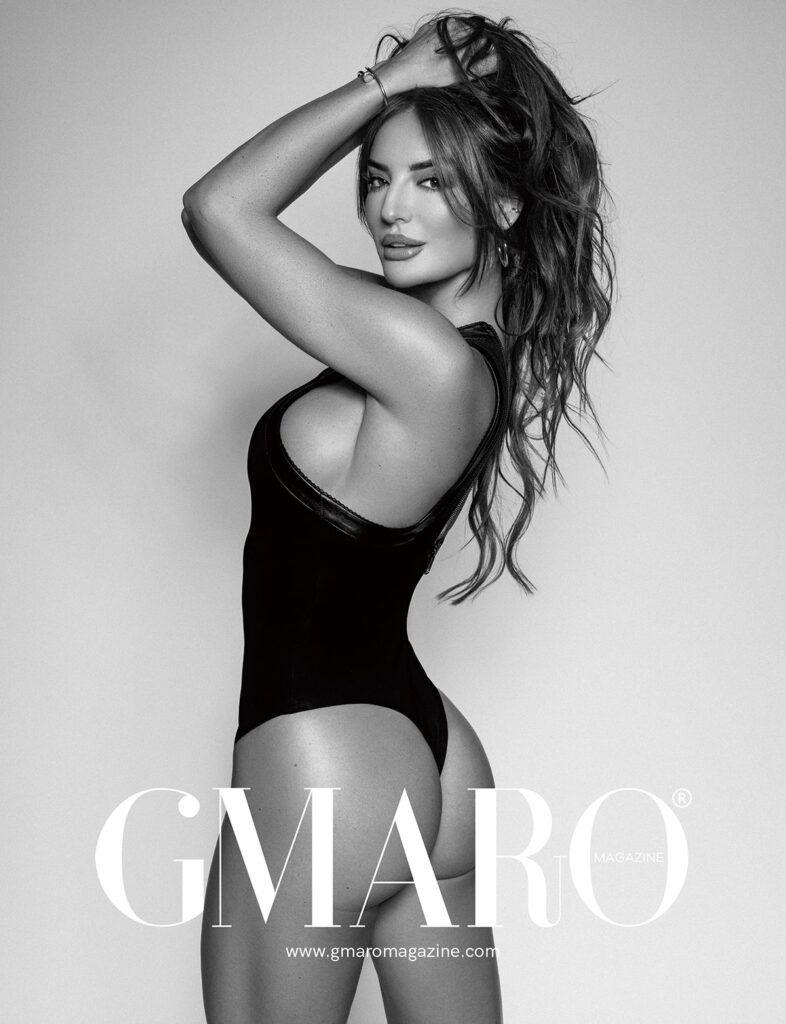
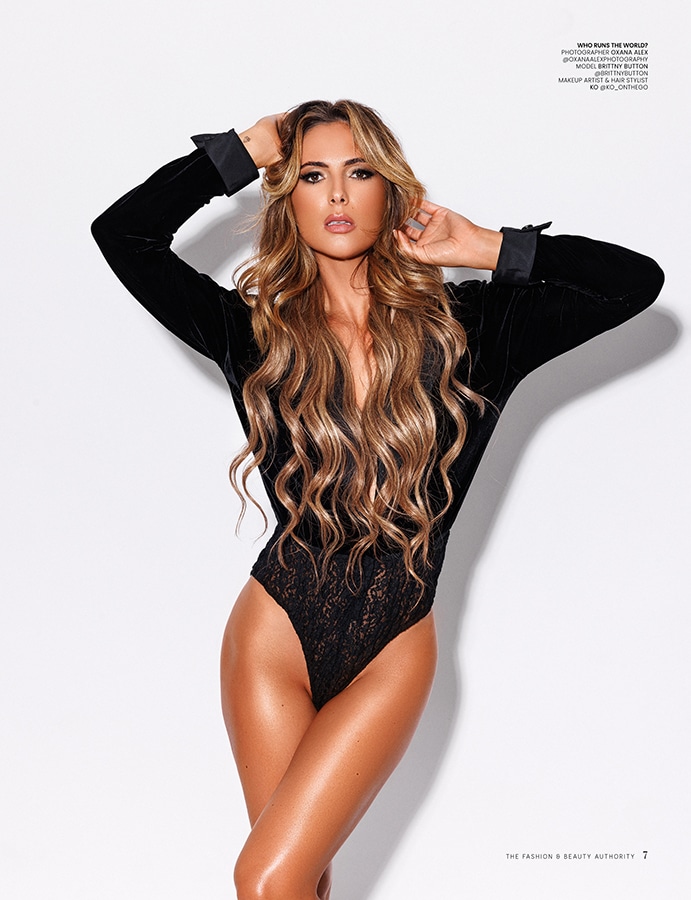
Key Elements that Define My Photography Style
Moving from the bustling streets to the serene ambiance of my Beverly Hills studio, my photography style takes a shape of its own. I believe that fashion photography is not just about clothes, it’s about crafting a story, evoking an emotion, and capturing moments that linger in the viewer’s mind long after they’ve glanced at the image. At my studio, I specialize in creating stunning images that not only showcase the apparel but also highlight the mood and personality of the model and brand.
Studio photography allows me to control every aspect of the environment. Lighting plays a huge part in this, I prefer using a mix of natural light and soft artificial lights to create a look that’s both dreamy and sharp, bringing out the textures and colors of the fabrics. Backdrops are chosen meticulously to complement the clothing and enhance the overall theme of the shoot. Whether it’s a simple, elegant black velvet that makes the colors pop or a complex, hand-painted scenic backdrop, each element is there to support the narrative of the apparel.
The real secret, though, is the synergy between the photographer and the subject. I strive to create a relaxed atmosphere where models can feel comfortable and confident. This rapport is crucial as it translates into genuinely captivating photographs. My approach is very much collaborative, involving the models, stylists, and makeup artists in the creative process, ensuring that everyone’s vision aligns seamlessly.
In my years behind the lens, I’ve learned that being a great fashion photographer in Los Angeles means having a keen eye for detail and an unparalleled ability to adapt and thrive amidst the colorful chaos of this city’s fashion scene. It’s about capturing the essence of both the subject and the environment in a way that feels both timeless and unmistakably LA. Whether you’re a emerging designer, a model looking to elevate your portfolio, or a brand aiming to make a splash in the competitive market, understanding these nuances is key to crafting images that not only sell but also tell a compelling story.
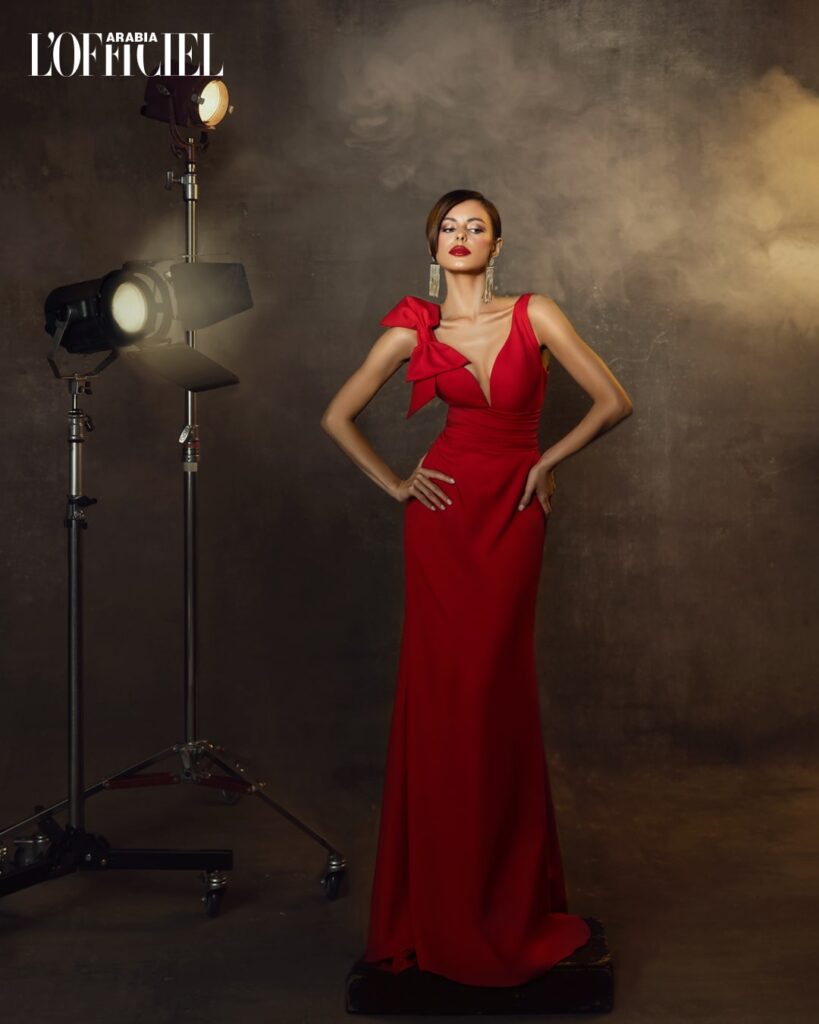
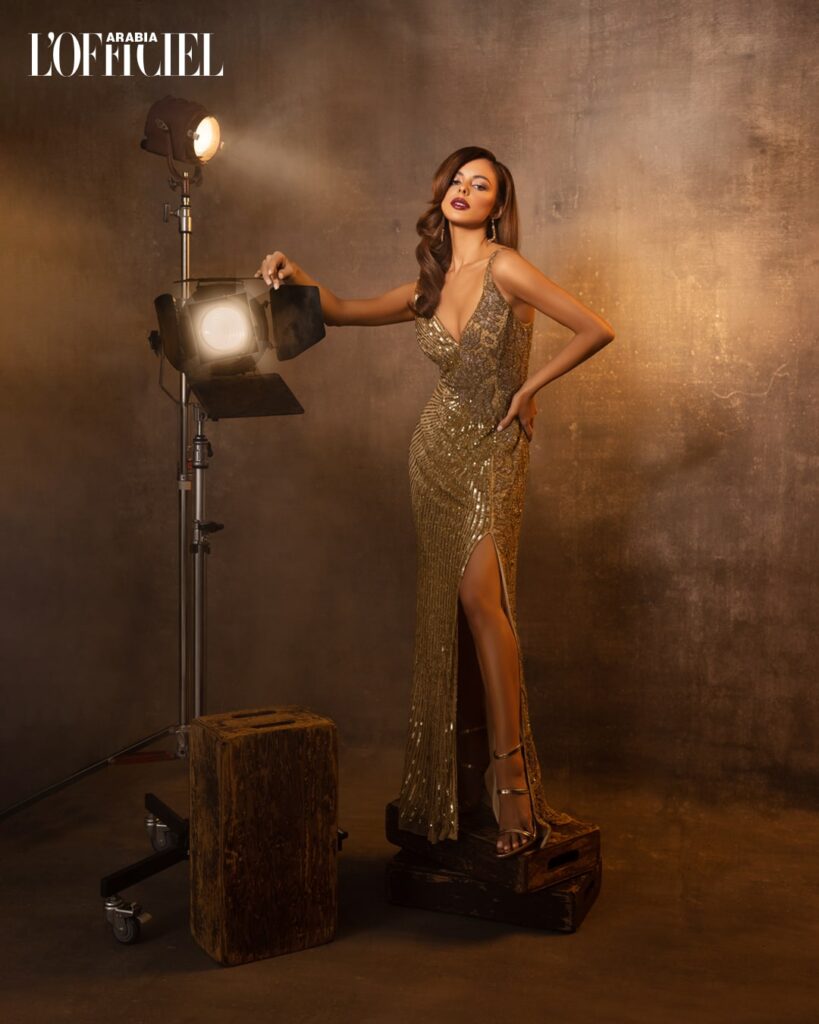
The Magic of Lighting in Fashion Photography
Now, let’s illuminate the subject of lighting—quite literally the difference between a good shot and a spectacular one. In fashion photography, lighting does more than just brighten a scene, it sculpts it. Every setup I choose aims to convey a specific mood or style, aligning with the creative direction of the shoot.
For editorial shoots, I often employ a technique called Rembrandt lighting. This involves placing the main light source off to the side and slightly above the model’s head, creating a small triangle of light on the cheek opposite the light source. This method adds a dramatic, moody effect, perfect for conveying the narrative depth of avant-garde fashion.
E-commerce shoots require a cleaner, more uniform look to ensure the clothing looks true to form and inviting. Here, I use butterfly lighting, positioning a large softbox directly in front of the models, slightly above their line of sight. This creates flattering shadows and highlights that accentuate features while providing a clear view of the product’s colors and textures.
Lookbook photography is a bit of a hybrid, needing to be both eye-catching and representative. For these, I mix ambient light with strobes or continuous lights equipped with softboxes that mimic daylight. The goal is to replicate a natural environment where the clothes might be worn.
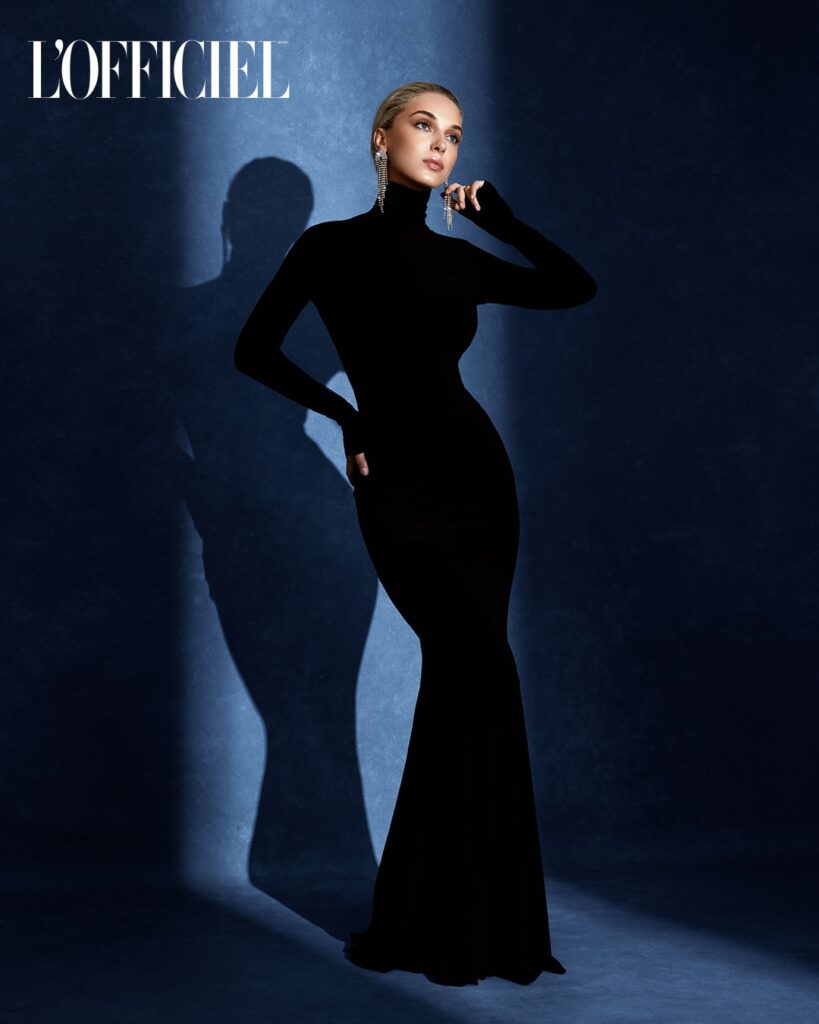
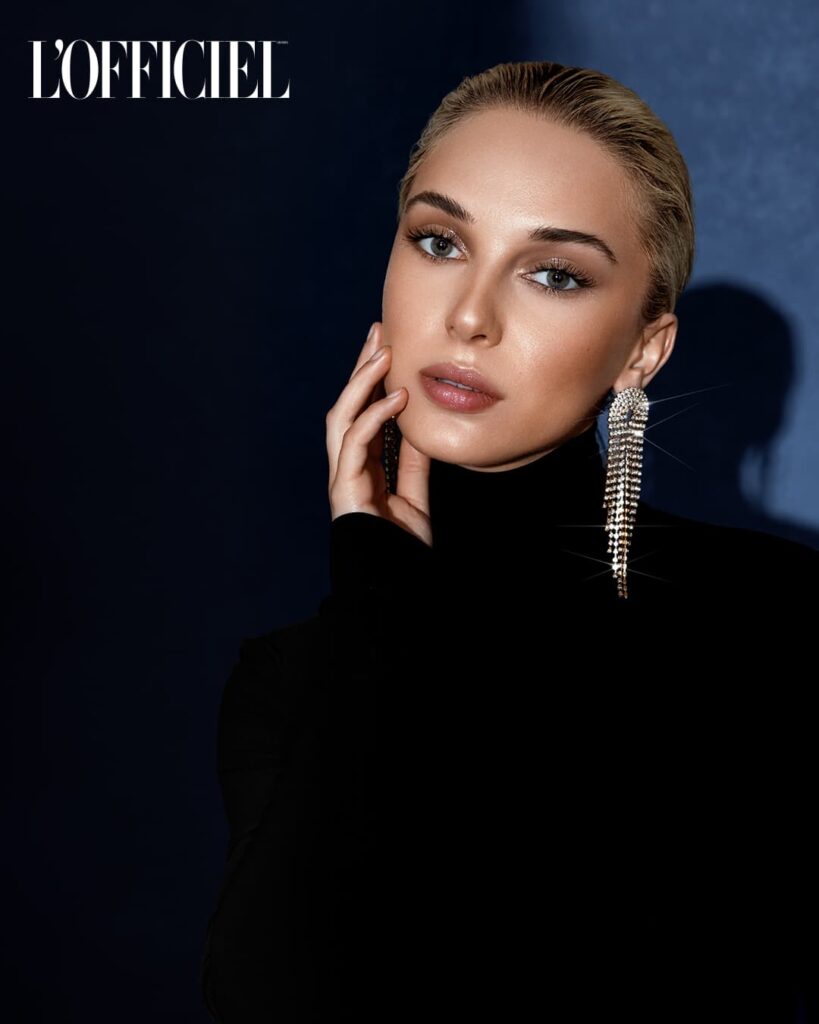
But lighting isn’t just about the lights themselves—it’s about how you use them. Reflectors, diffusers, and occasionally a carefully placed mirror can alter lighting subtly but significantly. For instance, during a shoot on a breezy L.A. beach, I might use a large reflector to bounce the brilliant afternoon sun onto the model, highlighting the flow of a light, airy dress or the intricate detail of swimwear.
And let’s not forget the dramatic effect of wind or a strategically thrown piece of fabric to add life to the scene. Such elements, controlled by fans or natural breezes, can transform a static image into one that’s full of motion and emotion, echoing the dynamic nature of the fashion itself.
In this toolbox of mine, each item, whether it’s a light stand or a piece of gaffer tape, plays a crucial role in the creation of those breathtaking moments that only fashion photography can capture. Understanding and mastering this toolbox is what helps me—and can help any aspiring photographer—bring a fashion story to life.
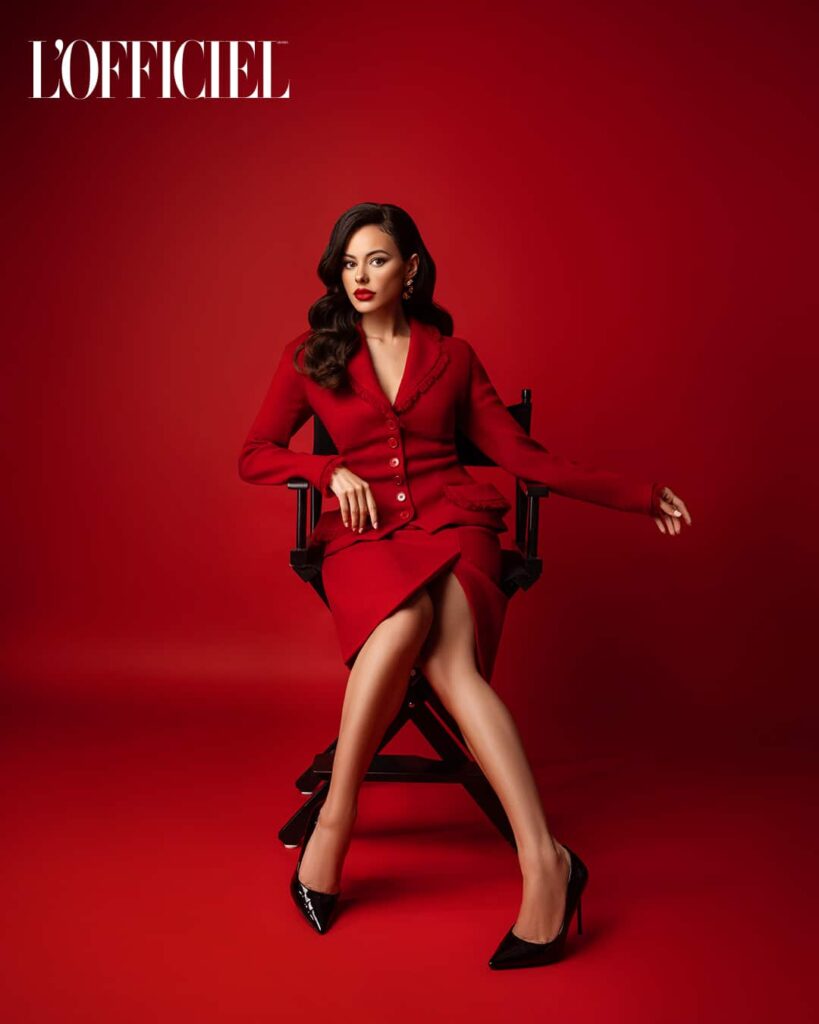
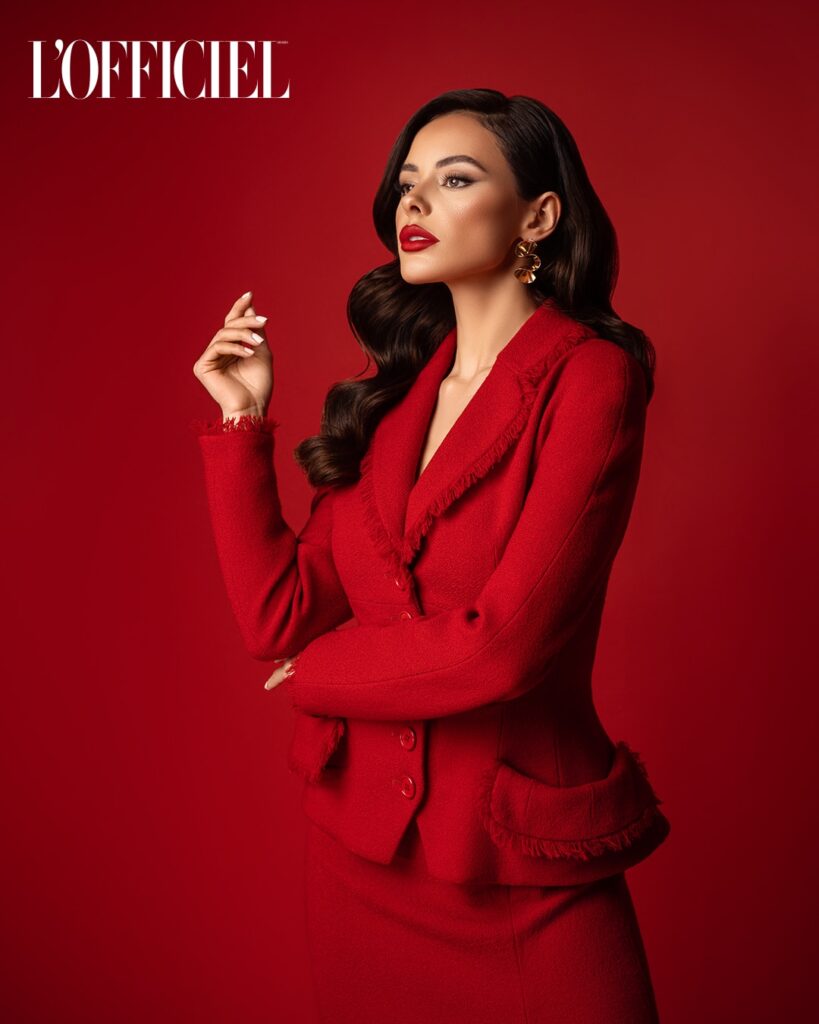
Pre-Production – A Fashion Photographer's Blueprint
Conceptualizing the Los Angeles Fashion Photoshoot
Before a single shutter click can be heard, the real work starts behind the scenes in what we call pre-production. This stage is where ideas take shape and plans are set in motion to ensure that every aspect of the upcoming photoshoot aligns perfectly with the client’s vision.
Developing themes and concepts that resonate with a client’s brand starts with understanding their identity. Are they bold and avant-garde, or are they more about classic elegance? This fundamental understanding guides the creative process. For example, when working with a streetwear brand, the concept might revolve around urban exploration and youthful rebellion, whereas a luxury brand might look for themes of opulence and refined environments.
A critical tool in this process is the mood board. This is a collage of images, text, and samples that visually communicates the intended vibe and direction of the shoot. It can include anything from color palettes and fabric swatches to potential locations and inspirational photos from other shoots.
Collaboration with fashion brands during this phase is vital. Regular meetings and communication ensure that every detail is discussed—from the overarching theme to the specifics like model poses and props. This collaboration helps in forging a strong connection between the images and the brand’s messaging, ensuring that the final photographs not only look spectacular but also work hard to convey the brand’s identity and appeal to their target audience.
See top fashion photoshoot styles, themes and concepts here.
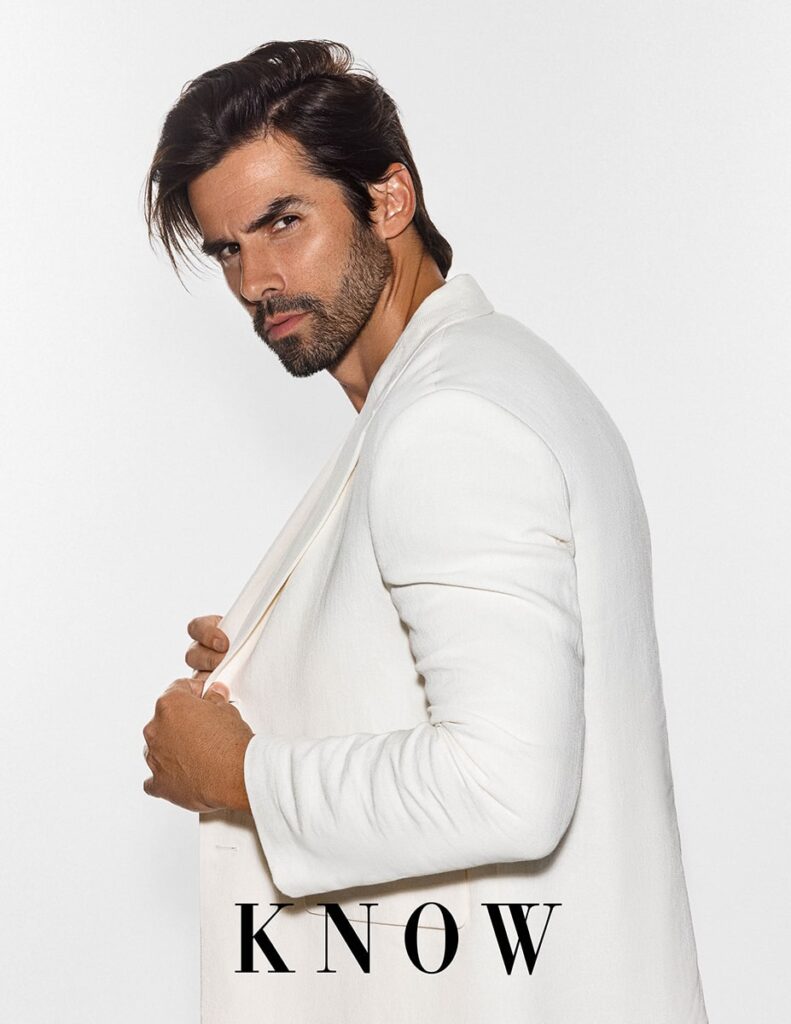
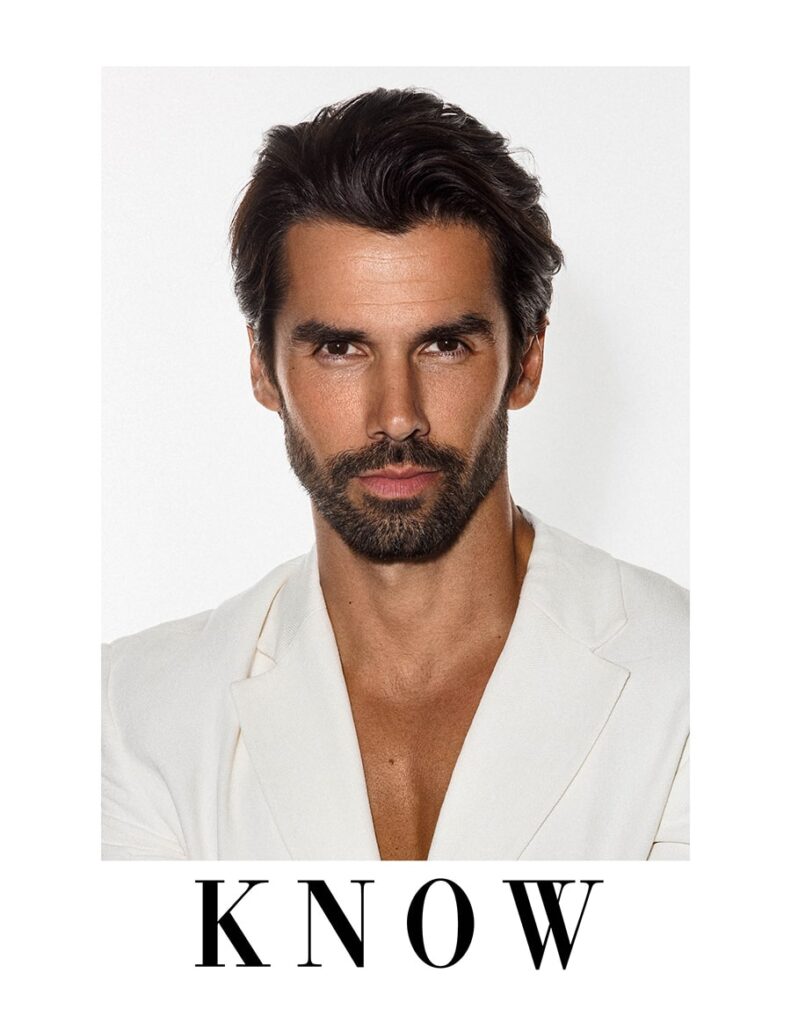
Assembling the Right Team
No photoshoot is a one-person show. It’s a symphony of talents, each contributing their expertise to elevate the final product. Assembling the right team is crucial to transforming the initial concept into a stunning visual reality.
Stylists are the ones who breathe life into the clothes. They ensure that each outfit is presented in the best possible way, paying attention to how the fabric moves, what accessories highlight the attire, and even down to the type of shoes that best complement the look. Their keen eye for detail and understanding of current trends can make or break a shoot.
Makeup artists and hairstylists also play pivotal roles. They create the look that complements the fashion, from a bold, graphic eyeliner that might symbolize the edgy vibe of a futuristic apparel line to soft, flowing curls that echo the gentle elegance of bridal wear. Their work is essential to ensure that the model looks suited to both the attire and the overall theme of the shoot.
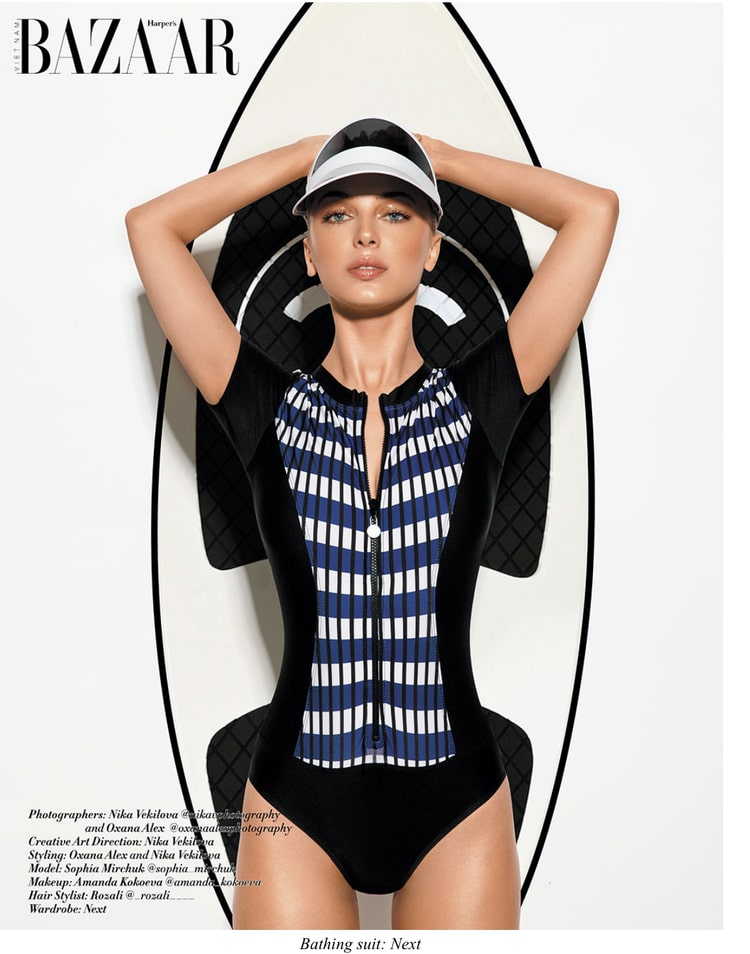
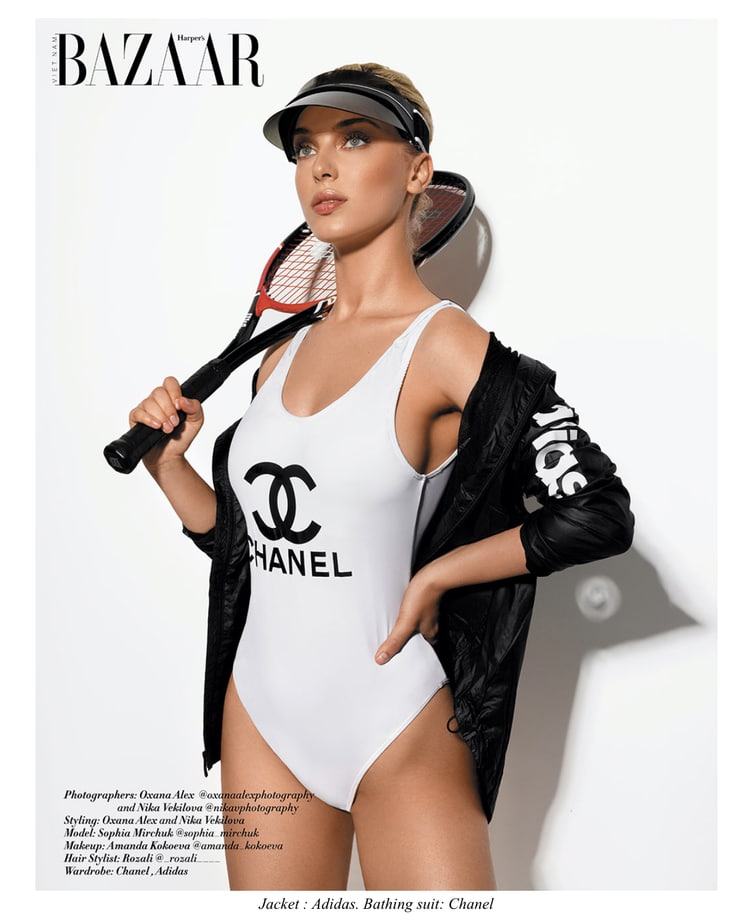
Set designers, perhaps less frequently involved but no less important, can transform a simple studio space into a dreamy backdrop or an edgy, post-apocalyptic scene. Their ability to select props for photos and turn a concept into a three-dimensional space adds layers of depth and authenticity to the photographs.
Collaboration among these creatives doesn’t just enhance the individual aspects of a photoshoot, it synergizes them. When stylists, makeup artists, hairstylists, and set designers work closely with the photographer and each other, the result is a cohesive, well-executed campaign that reflects collective creativity and meticulous planning. This teamwork is often what sets a successful photoshoot apart from the rest, ensuring not only the satisfaction of the client but also the creation of images that might just become the next iconic shots in the world of fashion photography.
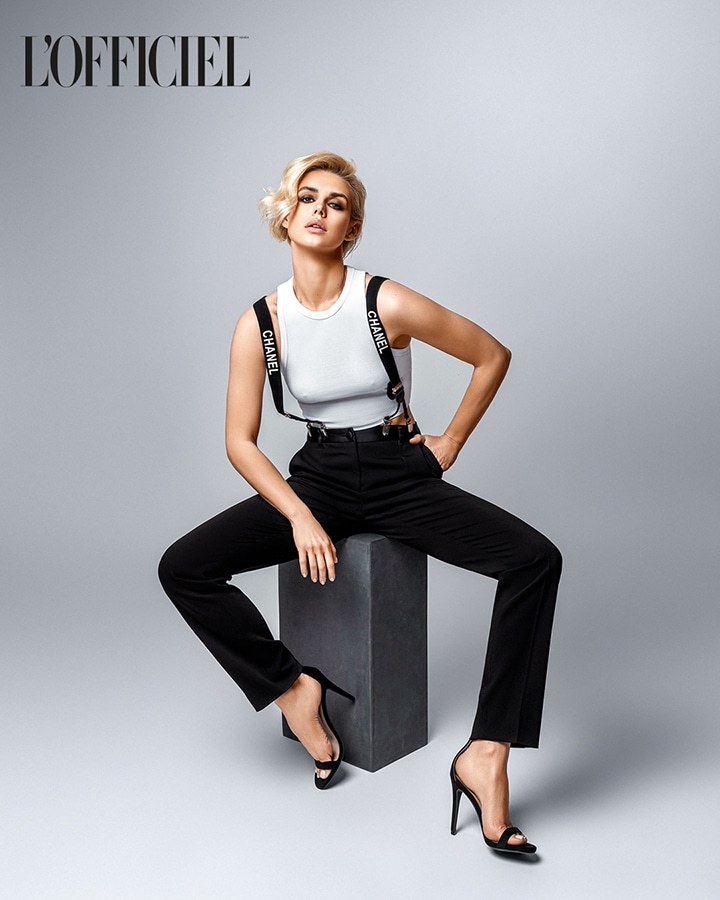
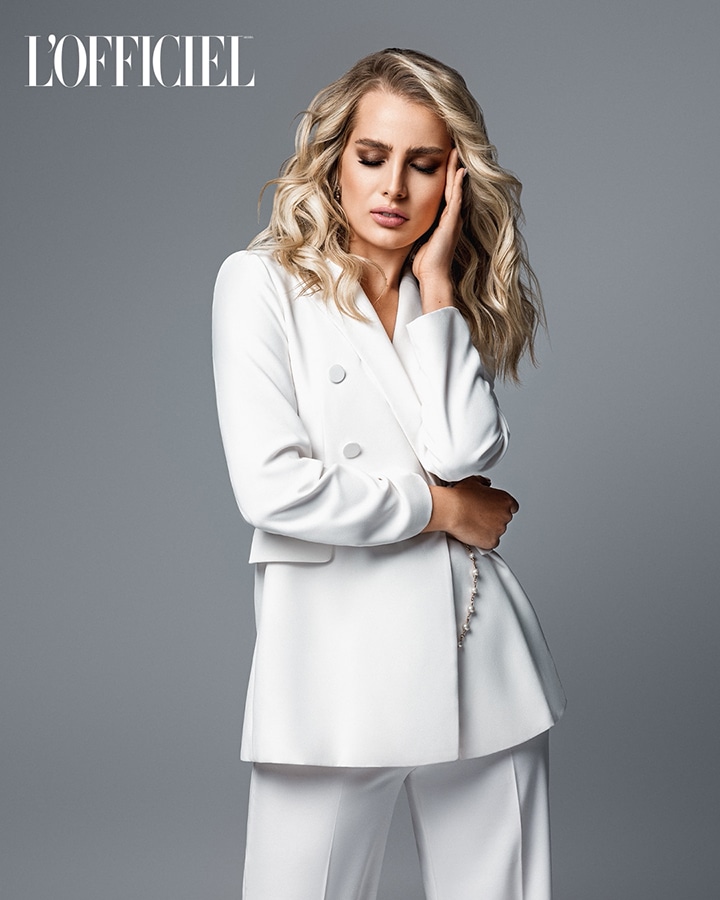
On the Day of the Shoot
Setting the Stage – Backdrops and Locations
When the shoot day arrives, the stage is set for magic to happen. In fashion photography, the choice of backdrop and location can profoundly influence the tone and impact of the images. While I prefer studio photography, I also appreciate the occasional venture into iconic LA spots when the project calls for it.
At my studio in Beverly Hills, the control over every element is paramount. Here, I can manipulate backdrops to reflect the mood we’re aiming to capture. Whether it’s rolling out a stark, high-key white backdrop for a clean, minimalistic look or setting up a darker, textured curtain for a moodier, more dramatic effect, each choice is deliberate. The benefit of a studio setting is the unparalleled control over lighting and environment, which ensures consistency, especially crucial for brand shoots where uniformity in product presentation is key.
However, for those times when a brand desires the vibrant, undeniable LA vibe, locations like Downtown LA and Santa Monica serve as spectacular backdrops. Downtown, with its mix of modern and vintage architecture, offers a gritty, urban feel that complements streetwear exceptionally well. In contrast, the airy, sunlit spaces of Santa Monica provide a perfect canvas for more laid-back, lifestyle-oriented shoots. While my heart and expertise lie in studio work, understanding and utilizing these diverse settings allows for a dynamic range that can meet any client’s vision.
See my guide on how to tell a story through fashion photography here.
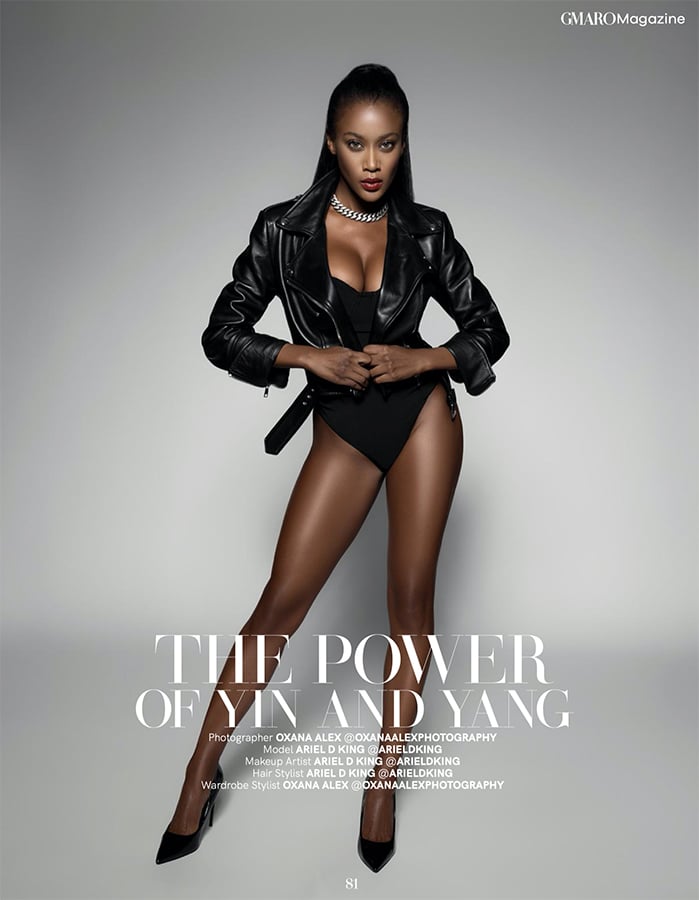
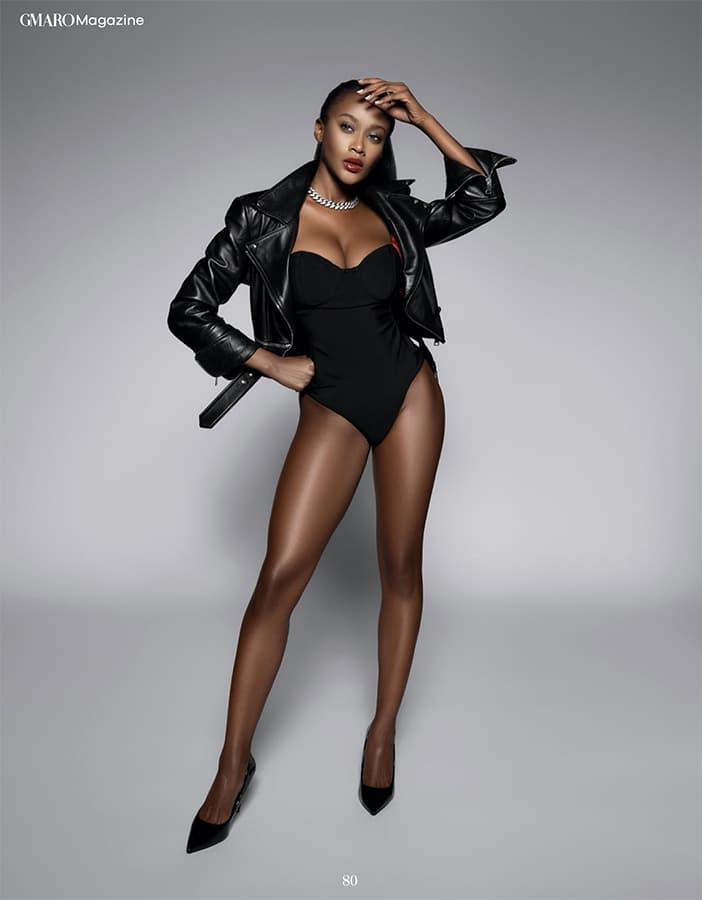
Directing Models – The Art of Making Them Shine
During the shoot, I employ a variety of techniques to ensure models can deliver their best. This includes demonstrating poses myself – yes, it can look a bit funny, but it often helps break the ice! I also use positive reinforcement liberally, because encouragement can dramatically boost a model’s performance.
For capturing the perfect expression or pose, it’s often about the little adjustments. A slight tilt of the head, a gaze directed towards the light, or even the way they hold their hands can change the whole feel of the shot. I always keep an eye on these details, guiding the models with clear, concise directions.
Moreover, I make sure the energy on set is always vibrant and positive. Music plays a big role in this. Depending on the mood we’re aiming for, I’ll have a playlist ready that enhances the vibe we are trying to achieve, whether it’s upbeat and energetic for a lively spring/summer collection or something more subdued for an intimate, high-fashion editorial.
Directing models is an art form in itself, combining psychology, communication, and a keen eye for detail. By mastering this, every fashion photographer can not only capture but also enhance the beauty and intent of each piece of clothing, resulting in photographs that are as stunning as they are compelling.
For models, I put together a full guide on how to own the lens! See how to look and feel your best in photos.
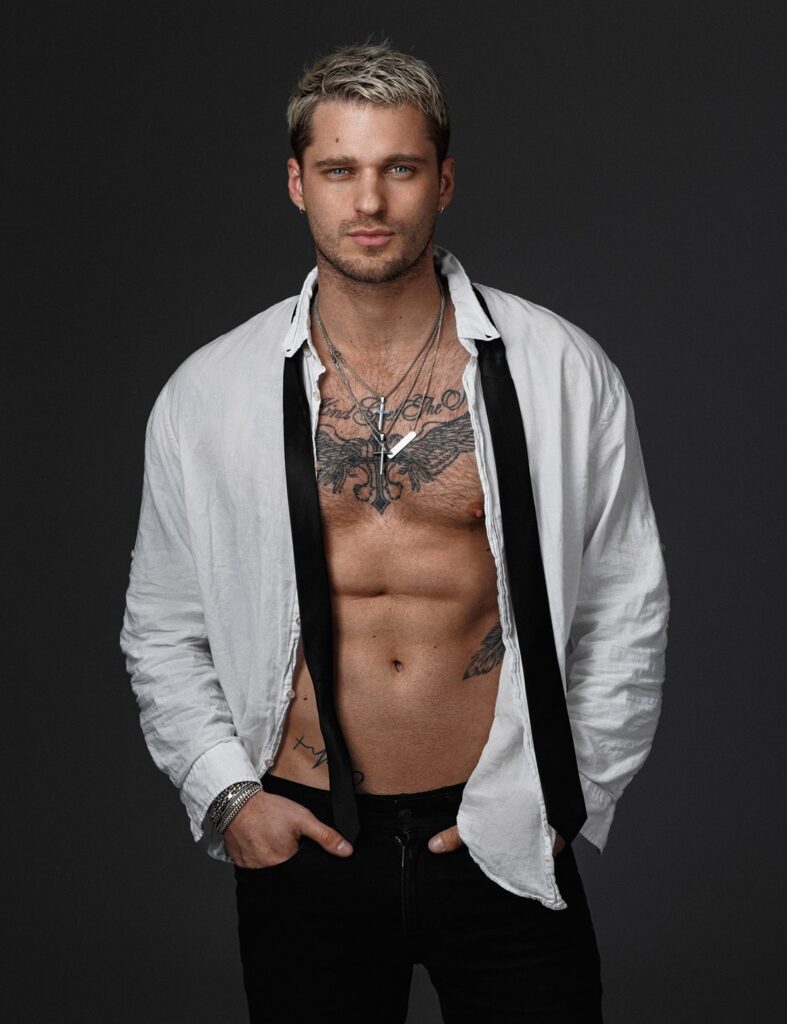
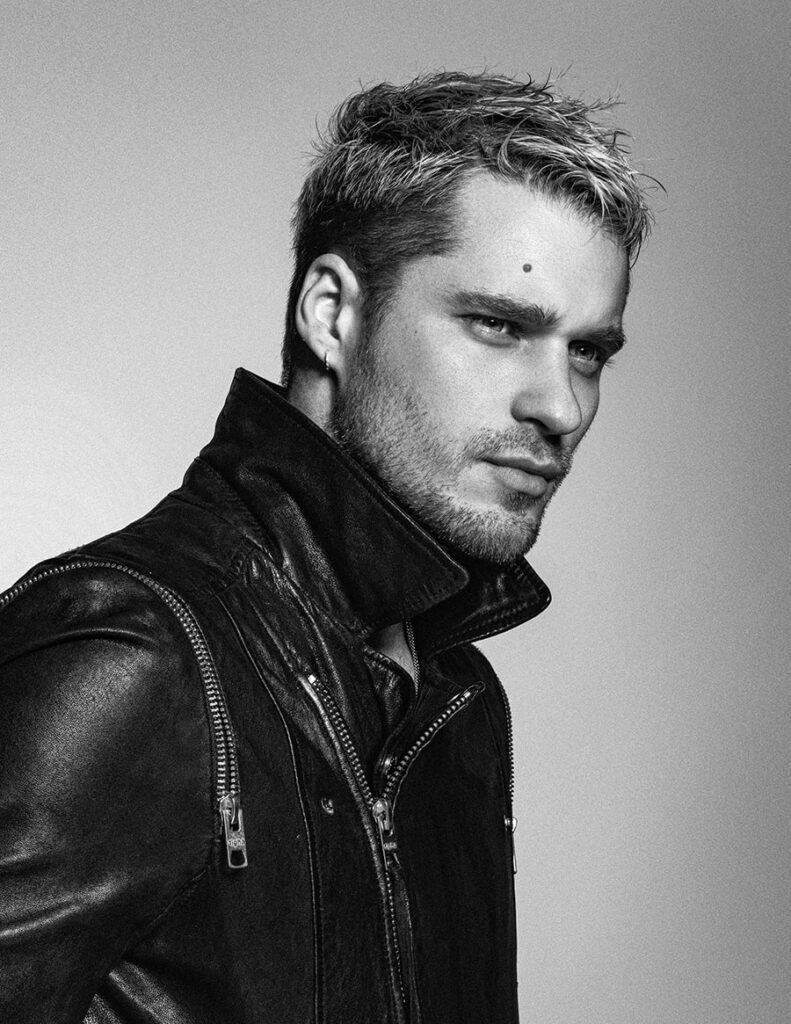
Exploring Avant-Garde and Experimental Photography
Fashion photography isn’t just about capturing what’s there, it’s about pushing boundaries and exploring new artistic horizons. That’s where avant-garde and experimental photography come into play, allowing us as photographers to challenge traditional norms and bring a fresh perspective to fashion imagery.
One of the most exciting aspects of avant-garde photography is the freedom to experiment with unconventional materials and concepts. For instance, in a recent editorial shoot at my Beverly Hills studio, we decided to explore the theme of “transparency.” This involved using materials like glass, clear plastics, and water to play with transparency and reflections. The models were dressed in semi-transparent fabrics that interacted intriguingly with these elements, creating layers of visual depth and intriguing plays of light and shadow.
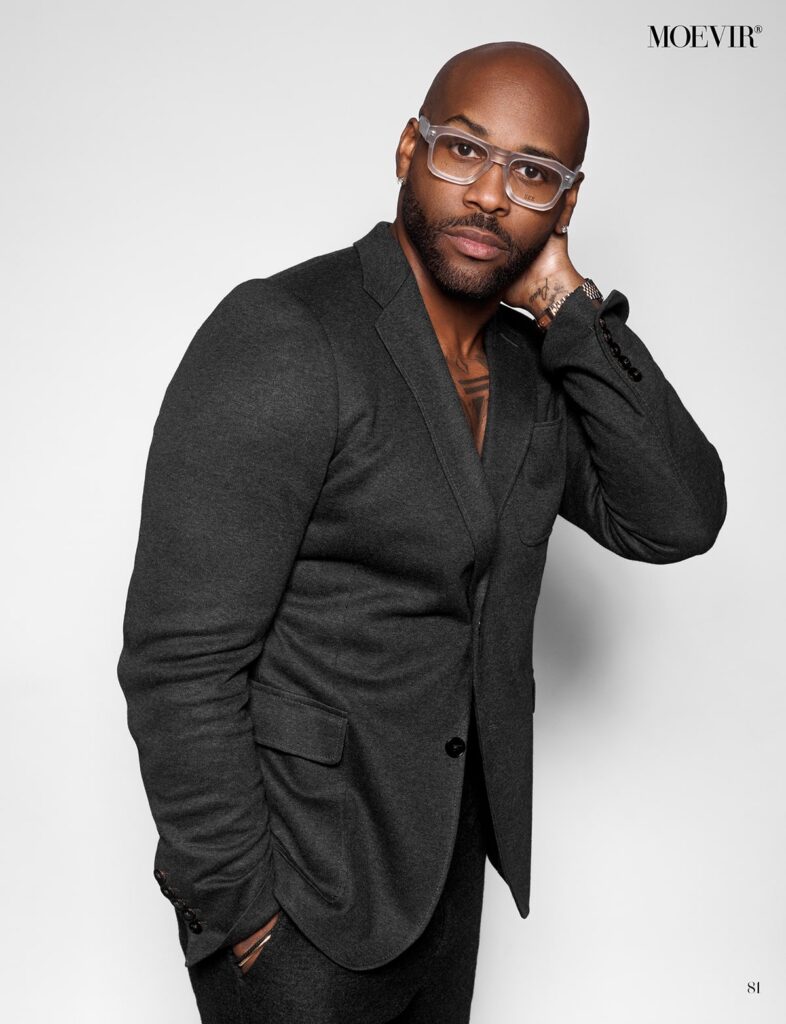
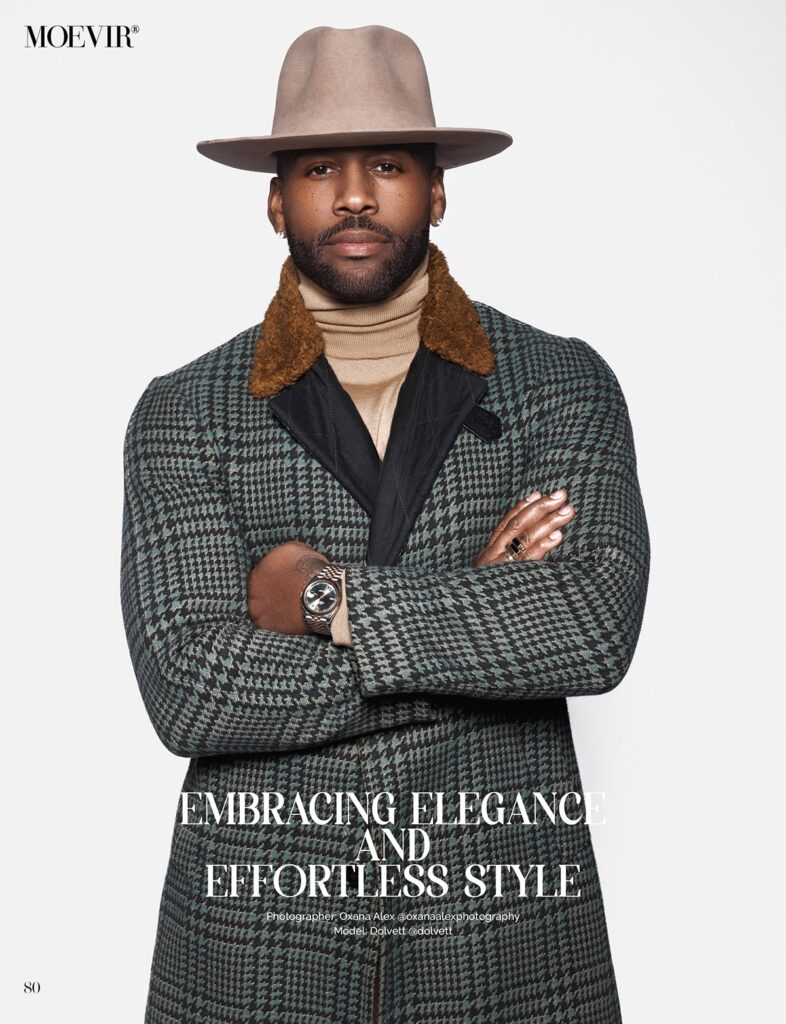
Techniques for Creative Fashion Photography
Diving deeper into creative techniques, let’s explore some methods that have proven effective in my experience, especially in a studio setting:
Color Gels for Lighting: Using color gels can transform a simple setup into something magical. By placing different colored gels over your lights, you can create vibrant backgrounds or surreal lighting effects on the model, instantly adding an editorial feel to the shoot. It’s an excellent way to evoke emotion or enhance the theme of a collection.
Multiple Exposure Photography: This technique involves combining two or more exposures into one image. In fashion, this can be used to showcase multiple angles of an outfit or create dreamlike sequences that convey movement and fluidity. It’s a fantastic tool for storytelling within a single frame.
Projection and Layering: Projecting images or patterns onto a model or backdrop can add an intriguing layer to your photos. This technique can be used to blend digital art with traditional photography, creating complex and layered visual effects that captivate the viewer.
Dynamic Posing and Movement: Encouraging models to move dynamically can result in more spontaneous and lively images. I often use a technique where I ask models to dance, jump, or even spin. Capturing them in motion not only results in natural and fluid modeling poses but also brings an element of raw energy and emotion that static poses might not convey.
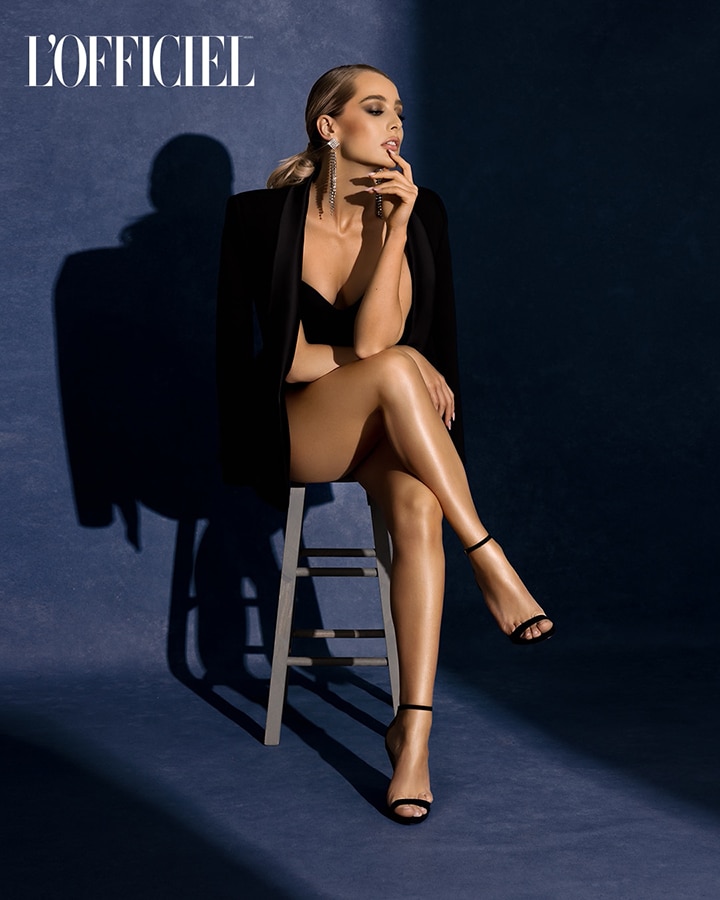
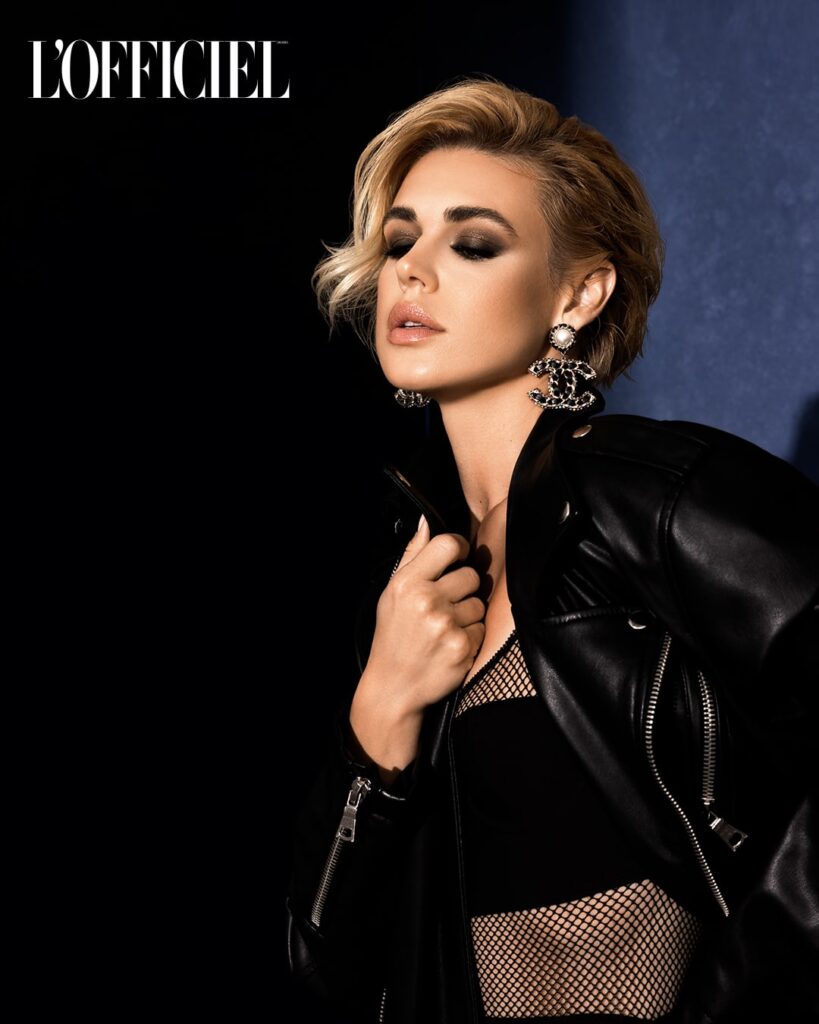
Light Painting Photography in the Studio
For something truly out of the ordinary and super creative that can be done right in the photo studio, consider experimenting with light painting. This technique involves using a slow shutter speed on the camera while moving a light source to literally ‘paint’ with light in the air around the model. The results are ethereal and utterly unique images where streaks of light swirl around the fashion pieces, adding a dynamic and fantastical element to the photographs.
To execute this, you’d need a dark studio environment, a camera with manual settings, and a light source like a flashlight or LED stick. The model would pose as still as possible while you or an assistant moves the light around them, creating glowing lines and patterns in the air. The exposure can last anywhere from a few seconds to a minute, depending on the complexity of the patterns you’re trying to achieve.
This technique is perfect for creating stunning visual content for social media campaigns or edgy editorial pieces, providing a visually captivating way to showcase fashion items in a light literally like no other! See more fashion photoshoot ideas to spark your imagination here.
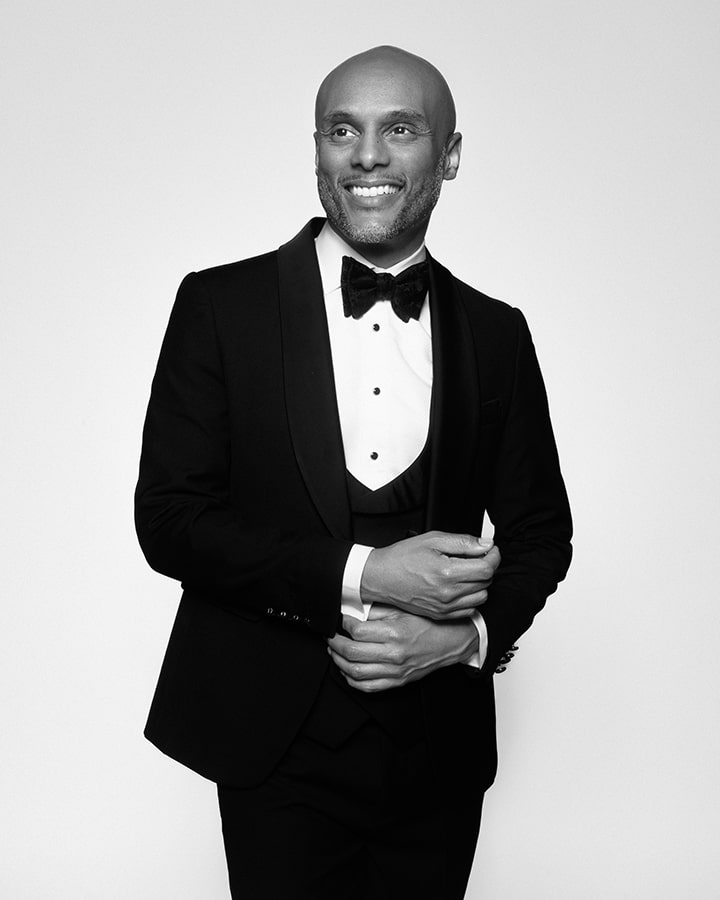
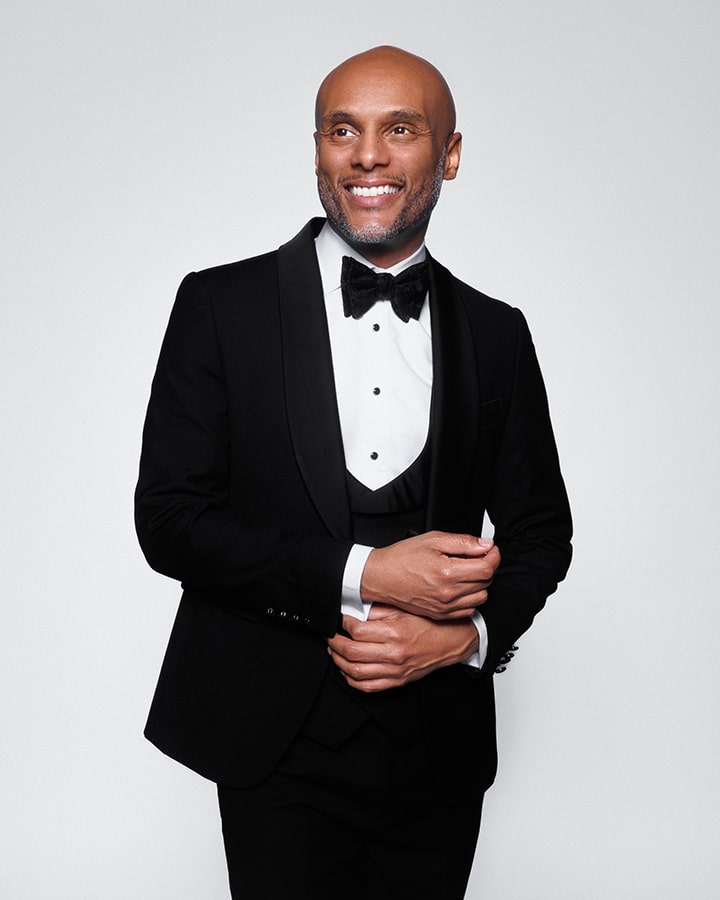
Post-Production
After the exhilaration of the shoot day fades, the quiet, meticulous phase of post-production begins. This is a critical stage where captured images are transformed into polished works of art, ready for the glossy pages of a magazine or the homepage of a fashion brand. Let’s explore the general steps involved in the editing and retouching process, which are crucial for achieving the final polished look.
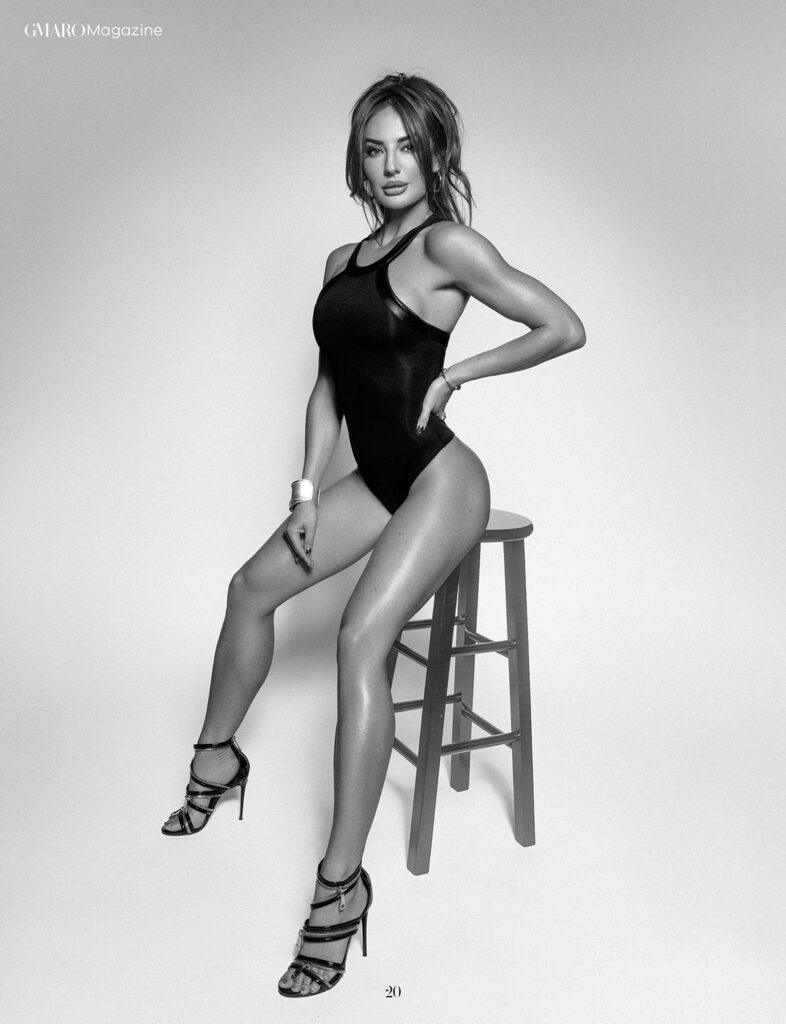
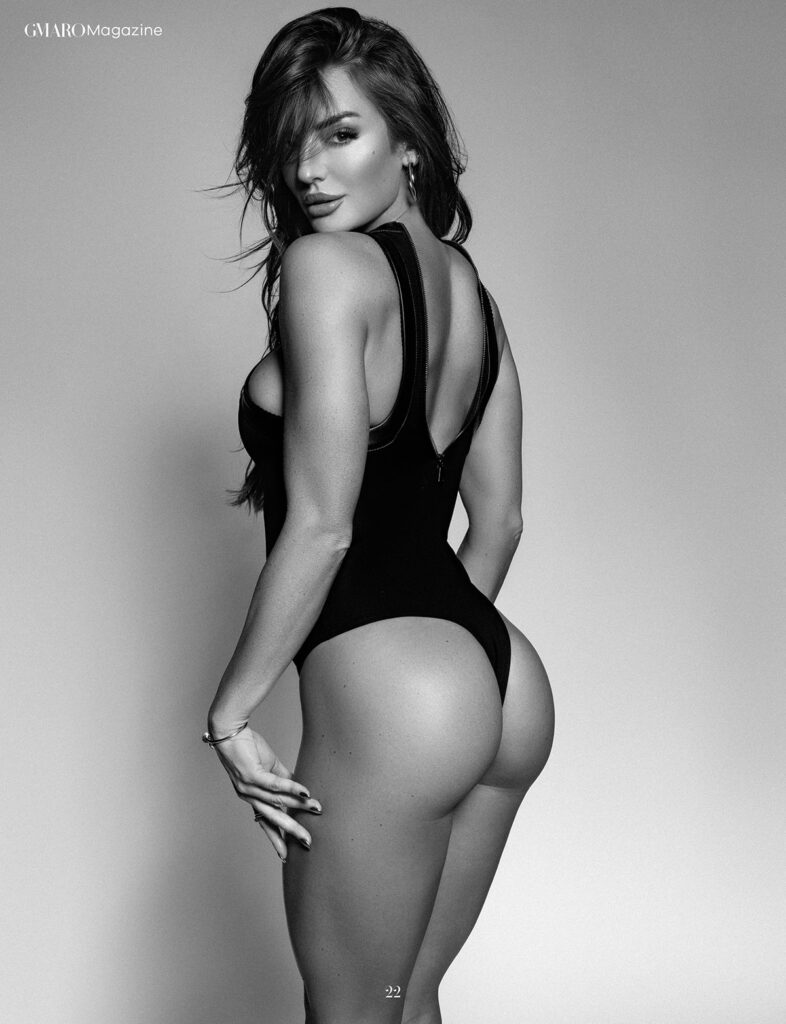
Step 1: Selection Process
The selection process is the first critical step in post-production. This involves carefully reviewing hundreds, sometimes thousands, of images from the shoot to identify the ones that best capture the essence of the fashion pieces and the overall mood intended for the campaign. Each selected image should ideally convey the story and style envisioned during the conceptualization phase, speaking directly to the viewer.
Step 2: Basic Adjustments
With the key images selected, the next step typically involves making basic adjustments. This could include tweaking exposure, contrast, and color balance to ensure each photograph presents a uniform look. Such consistency is especially important in fashion lookbooks, where a cohesive appearance across all images is crucial. Professional editing software, commonly used in the industry, allows for these bulk adjustments, helping to maintain a consistent quality and style throughout the series of photos.
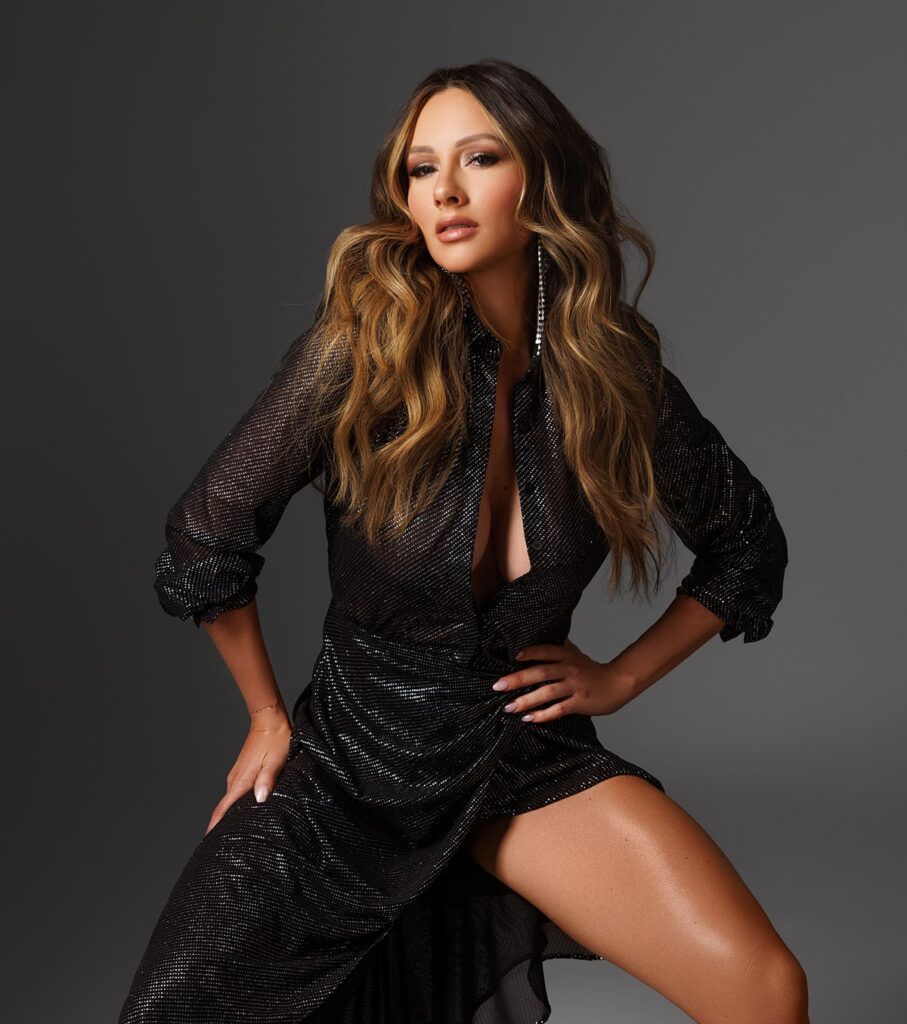
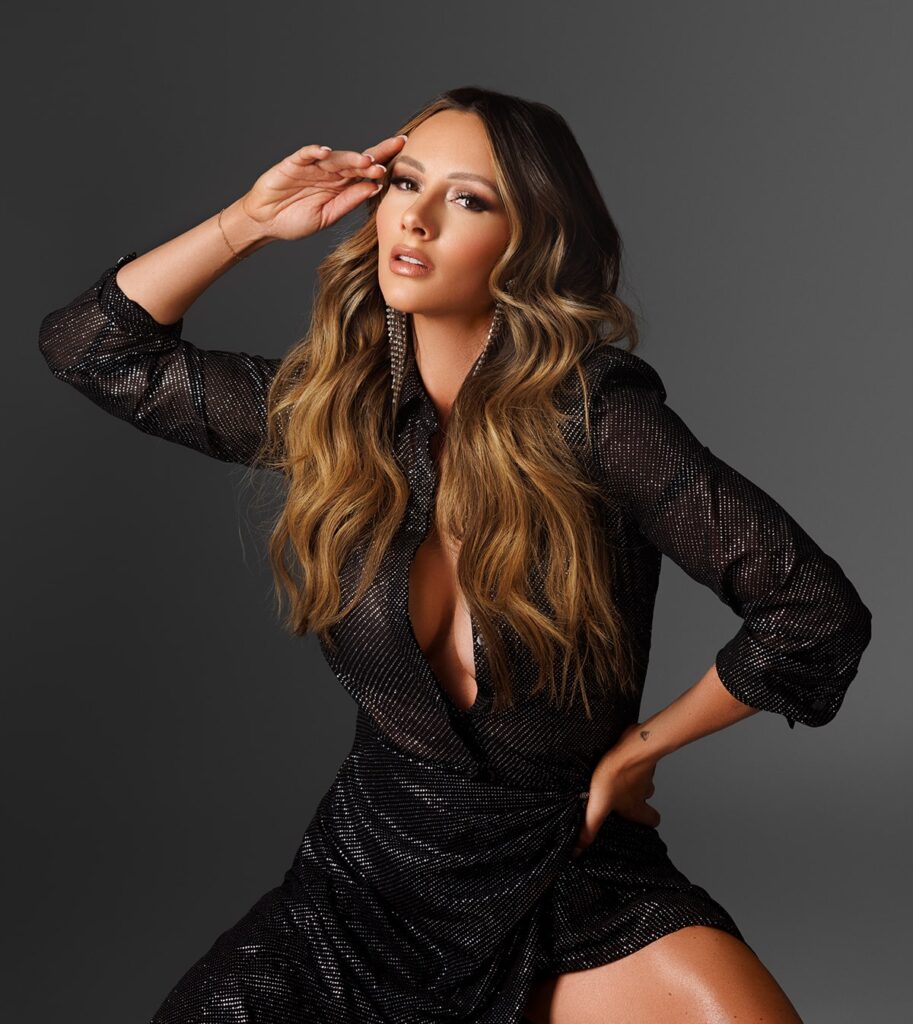
Step 3: Detailed Retouching
Following the basic adjustments, detailed retouching can take place. This stage focuses on refining the images by removing any unwanted blemishes on the model or imperfections in the garments. The goal here is to enhance the photograph while maintaining the model’s natural appearance—balancing authenticity with aesthetic demands of the fashion industry. This might involve subtle skin smoothing to remove distractions while ensuring the skin texture remains realistic and not overly perfected.
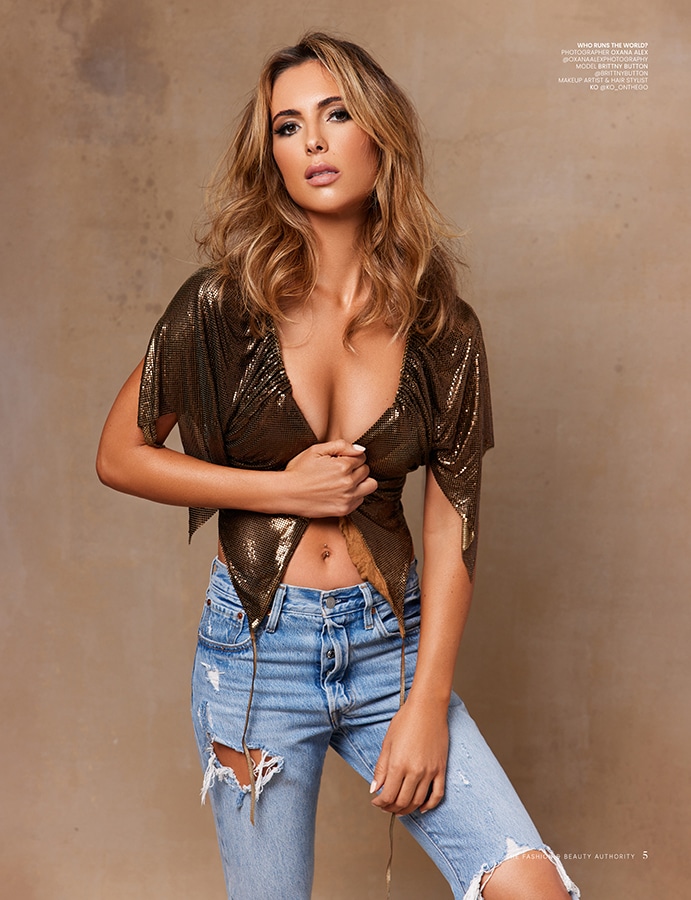
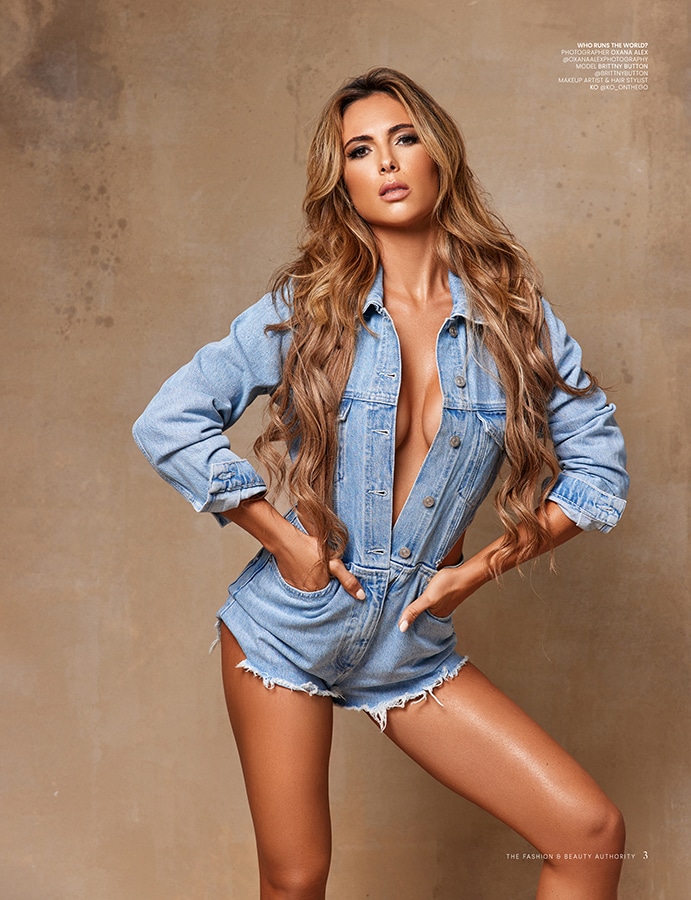
Step 4: Creative Enhancements
Finally, the creative enhancements bring an additional layer of artistic flair to the images. Depending on the specific needs of the project, this might involve introducing artistic elements or experimenting with unconventional color schemes to amplify the visual impact of the images. For example, in shoots that feature swimwear or summer collections, enhancing the blues and greens can evoke the vivid colors of the ocean and sky, making the apparel stand out beautifully against a vibrant backdrop.
Each of these steps, carried out with care and precision, ensures that the final images not only meet but exceed the expectations of clients, fitting seamlessly into the intended advertising campaigns or editorial pieces. This process, while often behind the scenes, is vital to the success of the final visual presentation of any fashion project.
See 7 tips for the perfect Los Angeles fashion photography session.
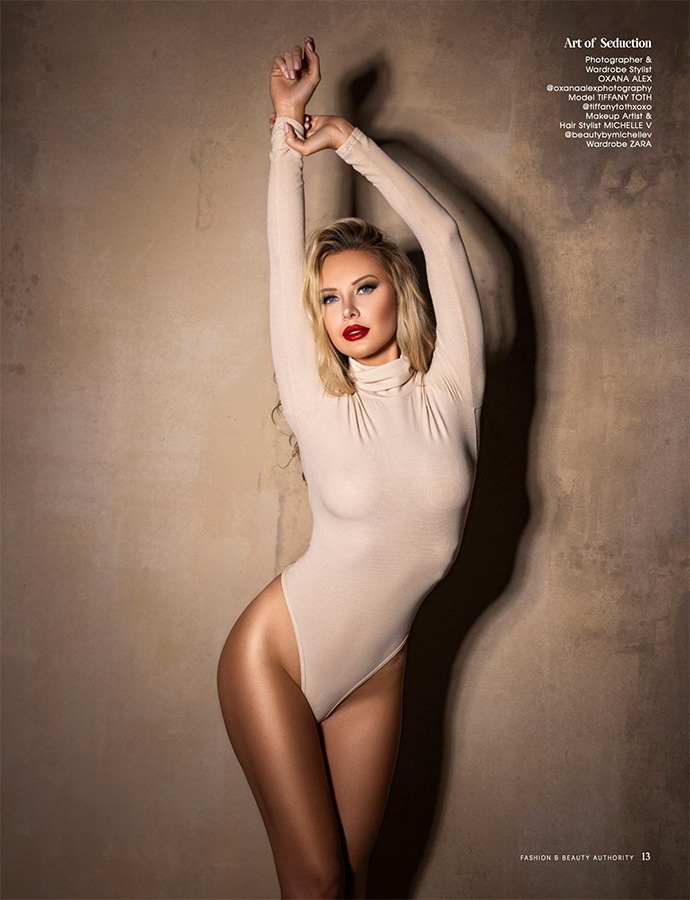
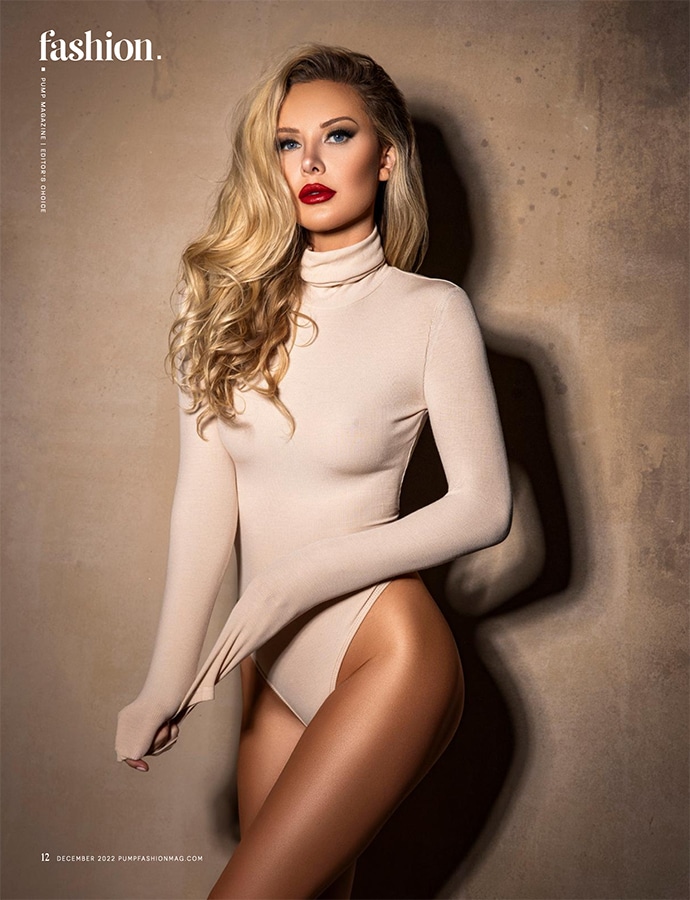
Oxana Alex – Fashion Photographer in Los Angeles
At Oxana Alex Photography, we are open for booking in studio fashion and maternity photography sessions. Designer wardrobe and accessories for your session are free or charge. Our studio is located at 2100 Sawtelle Blvd UNIT 307 Los Angeles, CA 90025, USA. You can see our photoshoot pricing here & our photography reviews here.
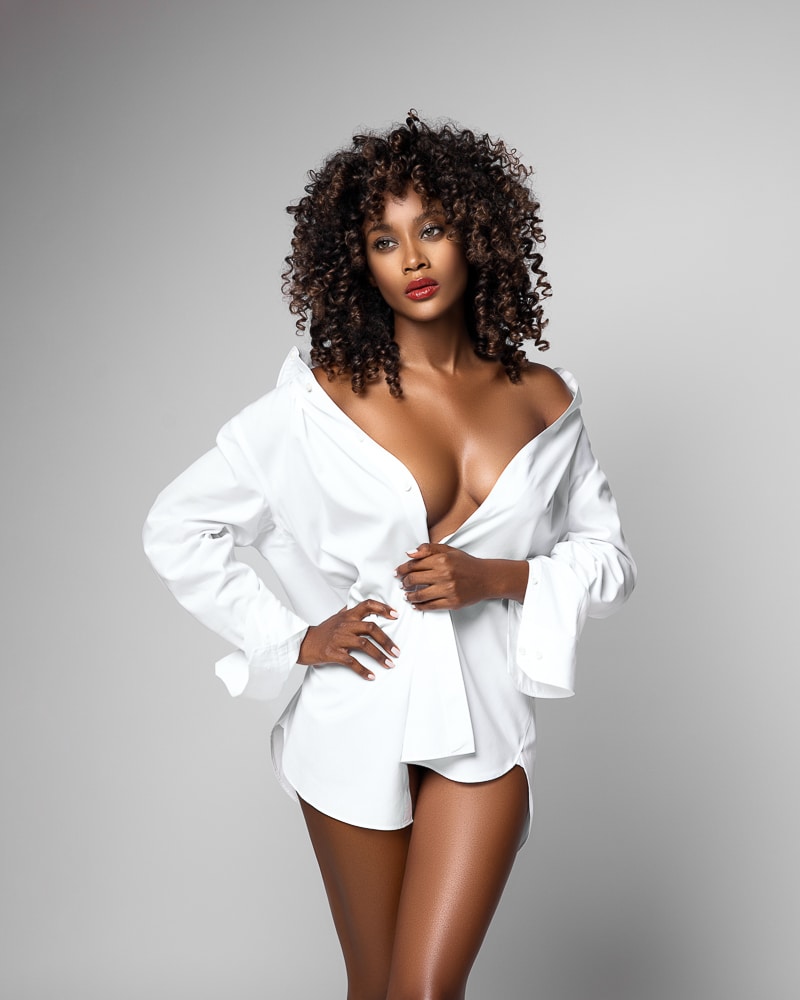
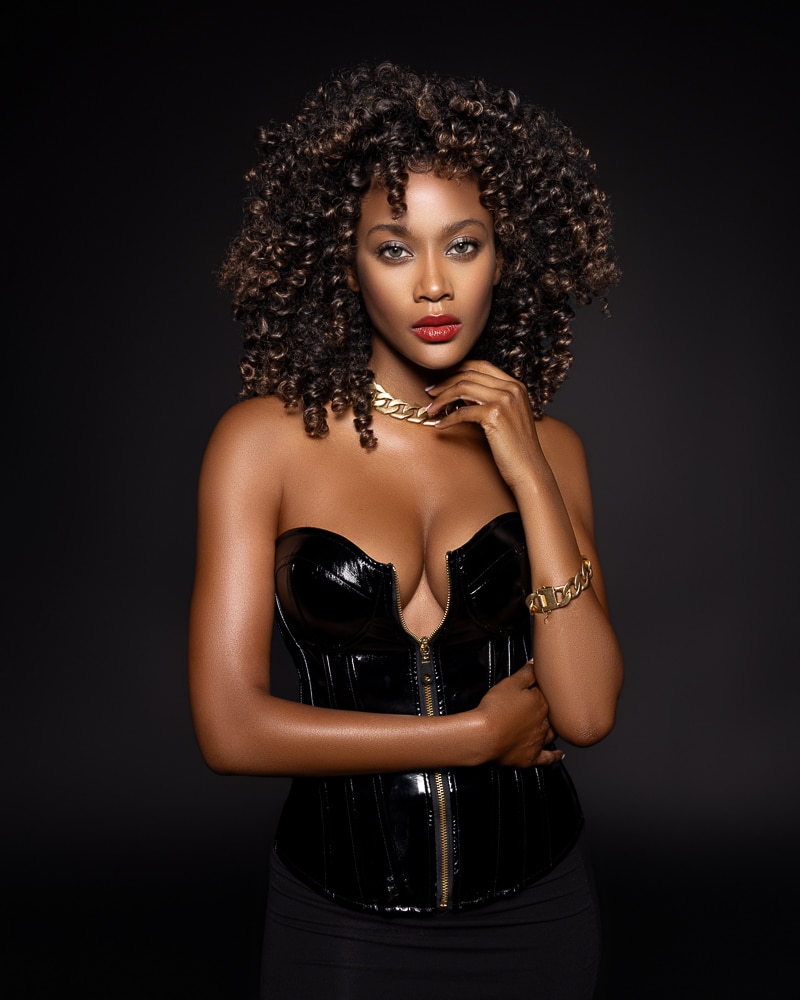
Conclusion
As we wrap up this comprehensive guide to the intricate world of fashion photography in Los Angeles, I hope you’ve gained valuable insights into a few creative techniques that I like to use. Being based here in LA, where the fashion scene is as diverse as it is dynamic, has allowed me to not only contribute to but also shape the photographic narratives that define modern fashion.
Whether you’re an emerging photographer, an established fashion brand, or simply a fashion enthusiast, understanding these nuances will provide a clearer picture of what goes behind the lens of a top fashion photographer. Remember, whether it’s capturing lifestyle shots in a studio or crafting social media content that resonates with a digital audience, the goal is always to deliver more than just images. It’s about creating visual stories that resonate, inspire, and stand the test of time.
How do I schedule my session?
You can schedule your session by emailing [email protected] or by texting our studio at (310) 854-9695.

